After six months of staying home and taking very few days off, we planned a solid two-week trip up to Scotland for a walking holiday visiting a few national parks and picking cozy, remote places to stay where we could self-cater and throw some wood on the fire in the evenings. We took our own car for this trip, so avoided public transportation, and divided our time between the Trossachs (staying in Helensburgh), Oban (staying only two short nights in the heart of the city), Fort William (not far from Glen Coe), and finally the Cairngorms (staying north of the park in Speyside, just outside of Aberlour).
We hit the road early on both long days, and made it to Helensburgh within seven hours, arriving before 1:30, which was a breeze (she says, not having driven…). The drive back was much longer, taking about twelve hours in total. Despite the drive, we had such a great two weeks up in Scotland and vowed to return soon, more regularly, and for a longer visit to the Cairngorms in particular.
This is a longer post since I struggled to chop out photos. I debated splitting this over a series, but in the end I’ve just added headers. If you’re coming back to this hoping to jump straight to specific tips for one or another spot in particular, look out for the headers splitting the trip, in this order:
- The Trossachs
- Ben Lomond
- Loch Fyne
- Oban
- Island of Seil
- Fort William
- Ben Nevis
- Steall Falls
- Highland Wildlife Park
- Cairngorms
THE TROSSACHS
For our four days in the Trossachs, we chose to stay in Helensburgh, which was a very comfortable, easy jumping-off point for exploring the Trossachs. Also a bit cheaper than staying on the shores of Loch Lomond, while providing plenty of easy amenities. Given the ongoing pandemic, we didn’t go out for meals, but there seemed to be plenty of great spots for tapas, Indian, Italian, traditional and gastro-British cuisine around. On a friend’s recommendation, we did get one take-away from Annayas, which was excellent Indian food. Big portions!
Our first night, we were greeted by an early starling murmuration! Starlings tend to perform these whirling, swooping stunts more seasonally (usually between November and March in the UK), but as we were further north we caught an early September show.
In early evening just before sunset and before the flock drops off to their chosen roost site for the night, you can sometimes witness these shows. It’s not always guaranteed – sometimes they won’t perform murmurations – but you can usually find them roosting in old piers, reedbeds, or industrial sites.
Starlings have this glossy green and purple iridescent plumage with tiny white spots in the winter. I always assumed they were dusty brown birds not having seen them so close-up before.
Back in flock
Roosting on the pier for the night
Jack in the dying light
Near Helensburgh is this quaint, popular village called Luss, on the west bank of Loch Lomond. It’s relatively quiet, but a good place to stroll along the lake and – if it interests you – many residents have created little ‘faerie gardens’ so you can go hunting for lawn gnomes and the like.
Stretching our legs after the drive
In Sturgeon country!
Cute little bungalows piled with flowers and knickknacks
BEN LOMOND
Our first full day of the trip, we went to climb the Southern-most, and apparently the most popular Munro, Ben Lomond. The pathway up from the car park (Rowardennan, at the foot of the mountain) is really straight-forward and well-marked, so there’s no need for a map unless you’re off-piste.
The hillsides were covered in shades of purple – heather, Scottish Thistle, cornflower, and ripe blackberries.
Taking the first water break…
While we were still (mostly) dry on our ascent.
Worst patch of weather in the day, so we weren’t sure whether we were at the summit or missed the marker. Turns out we were about 100 metres short of the highest point, but who could tell in these conditions!
Squelchy walk on the way down with the clouds starting to clear.
View still distinctly pale grey looking back
Best views of the day, closer to Loch levels.
The next day was by far the worst weather day of the trip, but thankfully we’d already bagged our first Munro and needed a fairly gentle day to recover. We stopped in various small-to-medium sized towns around the Trossachs starting in Callander, and then making our way to Stirling after a few wrong turns, and finally Balloch.
We stopped for a walk around Stirling since I’ve known quite a few people to study at the University and was curious what it was like (Stirling is one of the few universities that offers a degree in Publishing). Here’s the view of the Wallace Monument in the distance. William Wallace defeated an English army at the Battle of Stirling Bridge in the 13th century.
LOCH FYNE
After a few days in the Trossachs, we took a meandering drive to Oban stopping for a long walk near Loch Fyne. We deviated a bit, but here is the walkhighlands walk we followed.
The woodland walk was just beautiful – look at those ferns!
An absolute idyll
And mossy tree feet! This is essentially what I expected when we visited Oregon last year.
Barnacle fragments down by the loch shore.
Jack’s collection of mussel shells
Dark woods
On the drive to Oban, spying on some sheep
OBAN
We loved Oban when we visited in June 2017, so this was the only place we returned to on this trip for a brief sea break. There were a few things we knew we could easily enjoy while staying outside and socially distancing having been before. In more normal times, it’s definitely worth looking at my write-up from our longer visit for your own ideas.
Oban literally means ‘Little Bay’, and it is what it says on the tin!
We only visited this time for two nights, but were particularly excited to return to Oban Seafood Hut for their gorgeous, affordable seafood, all ordered and eaten outside. We made our way there several times over the days and went for a dozen oysters on arrival. Look how huge these are!
Delighted to be back
You can see a bit of McCaig’s Tower in the background, which is a folly overlooking Oban, originally built as a monument to McCaig’s family. Now it’s just an empty tower built of granite with two tiers of lancet arches… the shell will give you great views of the bay though.
Sunset over Oban
ISLAND OF SEIL
The next morning, we needed to come up with a new plan. We had booked a wildlife cruise of the Corryvreckan whirlpool, which Sealife Adventures are still running with smaller groups. The trips are about four hours and you can see dramatic sea cliffs, uninhabited islands and rugged coastline where you’ll be likely to spot porpoise, seals, golden and sea eagles, otters, deer, wild goats, and sea birds. Sometimes even basking sharks or whales. Sadly the weather or wind forecast made the trip impossible, so Jack put a quick plan together to go for a hike on the Island of Seil.
Only about a 20 minute drive from Oban, you have to cross Clachan Bridge (also referred to as the ‘Bridge over the Atlantic’) to reach the island of Seil. A skip from the mainland, but still an island.
We stopped near the bridge to explore the washed up sea-grasses, wrack, kelp, barnacle piles and coastal flowers in this intertidal zone.
This looks like a river, but it’s actually the Atlantic Ocean!
The kelp in the water looked amazing
Mounds of sea wrack on the shallow seaside
Montbretia – this jazzy flower, native to Africa, is now a wildflower growing alongside country lanes and lochs in Scotland.
Acorn barnacles
Clachan Bridge from the shore
A bit further along, we parked at the shoreline of Seil for a shortish seaside walk.
We used this walkhighlands maps for this one: Cuan coast and moor circuit, near Ellenabeich.
We knew in a few short days we’d be making an attempt to climb much more serious peaks in Fort William, so this was another leg loosener before the climbs. Incredible how long it took our legs (or I should say, my legs) to recover from Ben Lomond. Definitely a bit out of peak mountaineering shape.
The coastline here was so stunning and bleak.
Very steep grazing over here.
The only ones we saw on our walk.
Rugged heather, hanging on
The path we followed weaves back through farmland. Loved this turn by a stonewall crawling with nasturtium overlooking rugged, heather-covered hills.
Heather, my absolute fave.
Pal in the distance
Horses are ‘rugged’ (as in, “rug’d”) because they’re not always able to find shelter from bad weather, but also on a breezy day, they help prevent the horses from getting cold (my mom asked…).
After our walk, the other plan that took the place of the wildlife cruise was a tasting at Oban Distillery! They’ve just started to reopen to very small, very spaced-out groups for tastings, and aren’t running tours at the moment. We were impressed with the caution – track and trace, temperature checks for anyone coming in, mandatory masks and hand sanitizer… and then once you get to the table you stay there.
The four whiskies (right to left) were Oban 14 YR, Distiller’s Edition, Little Bay, and then the Distillery Only bottle (higher ABV). Our favorite was the Distiller’s Edition, “tastes like Christmas,” so we brought a bottle of that home with us.
Of course I took many notes, but forgot my piece of paper! It was a very informative tasting though, given by a whisky enthusiast from Belgium who seemed to speak English in a heavy Scottish accent. Not sure what that was about.
Followed by more fresh treats of the sea at Oban Seafood Shack, this time a whole dressed crab and buttered scallops.
FORT WILLIAM
We came to Fort William for the mountains nearby, especially Ben Nevis, the highest mountain in the British Isles (at 1,345 metres or 4,413 feet). The day we arrived though, we made it to Glen Nevis, bordered by several mountain ranges and home to Steall Falls.
We parked at the Braveheart Carpark for this walk, so named because it was originally built for cast and crew who filmed nearby. Fact for you: the major battle scenes were actually filmed in Ireland.
Aside from Steall Falls, there are many other tiny waterfalls along this glen walk.
You could spend a ton of time in Fort William and be spoiled for walking choices. Not too far from Glen Coe either.
This was the Dun Deardail fort walk, and here’s Jack at the top where the old iron-age fort ruins can be seen. Here’s the walk.
The hills of Glen Nevis in purple
The place we stayed outside of Fort William was the perfect, cozy retreat. A separate annex to the host’s home, this little Squirrel Cottage was surrounded by amazing views of the mountains, farmland, and then home to hens and brown ducks. This was the view from our room.
From another side, pig and sheep feeding at dusk. With the extra space and well-supplied kitchen, it was very comfortable, but they also had a washing machine and airing room, plus a glorious wood burning stove. This is where we stayed.
My favorite hen of the property, with pretty patterns on every feather. I think she was a kind of Barnevelder going by that double-laced feather pattern.
This was the friendliest hen, though. Maybe a ‘Barred Rock’?
BEN NEVIS
We hoped to have good enough weather for Ben Nevis while we were in Fort William, and were extremely lucky on our planned day. We decided to climb the north face, which you reach by first climbing Carn Mor Dearg (another Munro), and then cross the spectacular, jagged Carn Mor Dearg Arete which is a long, undulating ridge connecting both peaks.
We set off early, maybe about 9 am at this point in our hike, from the North Face car park.
It was a few miles to the base of the first peak, and from this trail, if you want to ascend the north face via Carn Mor Dearg, you have to look for a boggy path (we missed it the first time) that forks out to the left. A description of this route is here.
The climb up the first peak was boggy, muddy, and ragged with heather roots and unseen streamlets. Not exactly the nicest climbing, but after awhile you come to a more grassy, flat terrain.
Looking across to Aonach Mòr, which operates a ski lift in the winter.
This is the view back, about halfway up Carn Mor Dearg.
Jack, just before the last push up to the first summit. This is when we could see the ridge much more clearly, and it’s at this point that I’d draw your attention to the sharp climb to the right. That’s the final 350-400 metres of ascent to Ben Nevis and is one very nasty stretch. I definitely prefer a climb with a bit of scrambling, but this was a beast with sections of scree. Exhilarating though!
Slightly closer to the top
Another, zoomed-in view of the last stretch of the arete and final scrambling section of Ben Nevis.
Lunch break on the top. We left the carpark before 9 am and were lunching around 12:30. While we didn’t climb with anyone else, the people we met on our breaks were all very friendly – such a novelty meeting new people during this strange year.
Post lunch, setting off to cross that ridge. I think it took us about an hour, maybe a bit longer as there were a few points we found ourselves following the wrong path (‘how?’ is a very fair question, but never mind) and had to scramble back up to the top of the ridge.
The view from here
And the ridge without us.
After having crossed most of the ridge, looking back before the final ascent.
At the top! I really haven’t had such a sense of achievement climbing a mountain before, maybe partly because it’s been so long, but the ridge was really spectacular. Such an interesting climb. While not in view here, you could see the Isle of Mull from the peak!
Saying goodbye to that climb. We went down the more tourist route as going back down the north face would have been genuinely dangerous, plus we were beat. It’s the way that pretty much everyone goes though. Back across the burn to the car park (that hike back felt like an absolute eternity!).
Me and Ben. It was a perfect, bruising day, even if I did have to mince the last few miles back to the car in soggy boots.
STEALL FALLS
We both had much faster recoveries after Ben Nevis than we did post-Ben Lomond, but still went out for a more gentle, flat walk to see Steall Falls in Glen Nevis the next ‘recovery’ day.
Not the falls yet, but the area is full of mini falls.
A misty scene that looks like a portal to Japan.
Steall Falls from afar. You can cross a wire-rope bridge to get closer, but with such a rainy day, we gave it a pass.
HIGHLAND WILDLIFE PARK
On our way from Fort William to the Cairngorms, we stopped for an afternoon at the Highland Wildlife Park. It’s a 105-hectare safari park near Kingussie, and at the moment you have to pre-book tickets, but you experience it all either within your car, or outside. The park is home to many sub-arctic species, from tundra and mountainous habitats around the world.
On arrival, driving around the open grazing fields full of elk, bison, camel, vicuna…
Red deer and horses, hanging out together by the watering hole
Coming up to the bison
We had to wait for them to saunter across the road
There were also Przewalski’s horses, which we maturely referred to consistently as ‘Pryzbyelewski’s horse’.
Look at this foal!
First area we went through was the Snow Monkey’s home.
They live in paradise! I’m sure they miss the Japanese hot springs though.
You got it: tiger time.
Amazed that we did actually see the Amur tiger as it has such a large enclosure.
This is baby Hamish and his mother! First polar bear cub to be born in the UK in more than 25 years. Sadly he’s now going to have to move to a new home since he’s about 2 ½ years old, still living with mom Victoria.
The Arctic foxes! I absolutely loved these rascals.
Amazing animals. They’re still in their blue-grey summer coats here, but their coats turn in the winter to a solid white that helps them blend into the snow and ice.
They were all chasing each other around for the various chicken and meat morsels their keeper had left.
I was absolutely beside myself seeing the snow leopards. One of my all time favorite animals, I wasn’t sure what we’d be able to see, and when we first arrived (at the top of their enclosure) all three were napping on their high wooden platforms, so I thought that’s all we’d see: glorious thick tails and the bottom pads of enormous paws.
However, later in our trip around the park, we got to the bottom of their enclosure, first seeing the markhor (horned goats) next to their enclosure on high alert. We could not have timed our visit better. It turns out that before feeding the snow leopards, the keepers will close them off at the top of their enclosure and let the markhor graze in the bottom. Later, when they’ve moved the markhor out, they let the snow leopards out again when they can clearly smell the goats (see above!).
In their natural habitat, markhor are their prey (both living in the Himalayas), so letting them move through the enclosure before feeding gets them very amped.
My god, how beautiful are they! I was losing my MIND. This is Animesh, the mother.
And here, one of her two one-year-old cubs sharpening his claws.
LOOK AT THOSE PAWS!
Still smelling the goat
One of my all-time favorite books is The Snow Leopard by Peter Matthiessen. It’s more of a ‘sun-filled dream’ or meditation on his time in the Himalayas, following the path of an elusive snow leopard, but I love what he says about them:
“And then there was the small matter of the snow leopard, whose terrible beauty is the very stuff of human longing. Its uncompromising yellow eyes, wired into the depths of its unfathomable spirit, gaze out from the cover of innumerable editions. It is, I think, the animal I would most like to be eaten by.”
Peter Matthiessen in The Snow Leopard
It is also the animal I would most like to be eaten by, Peter.
Look at those eyebrows! I cannot handle this.
All three, prancing about with some food.
They kept coming right up to the plexiglass, which astonished me since they’re normally such shy animals.
The European Grey Wolves
Their area of the park is called ‘Wolf Wood’, and is also a good spot to look for red squirrels.
A great grey owl
Wolverines! They were nuts, making the strangest noises and loping about.
CAIRNGORMS
We picked the absolute perfect place to stay for our much-too-brief visit to the Cairngorms, just north of the park in Speyside (not far from Aberlour).
Our hosts, who live about 100 metres away behind a birch forest, designed and built this eco cabin virtually all on their own. They wanted to create a restorative hideaway enveloped by nature, and with a sense of responsibility to the environment, picking sustainable materials, light on the landscape, with sheep wool insulation, locally sourced timber, and OSB board.
The little cabin is such an efficient use of space, with an open plan downstairs and lofted bedroom. The windows take up maximum space to enjoy the wildlife surrounding the cabin, and the cabin is supplied with binoculars, field guides, and wildlife guest books.
Jack was particularly enthusiastic to bird watch and track wildlife over the three days we had in the cabin.
Bird watching first thing…
Whoops, spotted
Jack’s notes on the wildlife spotted from the cabin. We also saw a red squirrel, but that was along the drive out, so *technically* this didn’t count.
Planning our days
And to end each day with a cozy fire, and no wifi or cell signal at all (!), made these nights extra special. We’d browse the books left in the house, play games, or have a little dram of whisky from their honesty system.
I couldn’t more highly recommend a stay here. Aside from knowing that there is deliberately no wifi (or cell signal), it’s good to know the cabin only has a composting toilet. Don’t let that stop you! The eco cabin, which we’ll certainly be returning to, is here.
We stayed just outside of Aberlour, and on my birthday (!), Jack booked a private tasting at Aberlour Distillery. We were about 5 miles away, so decided to walk and fully enjoy the whisky.
The walk to Aberlour, along lanes lined with rosehip and sheep.
This walk was actually part of the Speyside Way, which starts at Buckie on the Moray coastline and follows the course of the River Spey up to Aviemore in the heart of the Cairngorms.
Walking to the falls as a short offshoot.
Before the whisky tasting, we had a more significant lunch at the Mash Tun. Virtually every other day we packed sandwiches to eat out or on hikes, and this was the one meal we had in a restaurant. We weren’t sure about dining indoors, but were very impressed by their very strict observation to keeping people as safe as possible, with masks obligatory, track and trace required before ordering, plexiglass dividers between tables, and a one-way system to the bathrooms. In more normal times, this is one of the best whisky bars you can go to.
Arriving at Aberlour Distillery!
Our private tasting was limited to four people in a large room (6 metres between each person, open doors), and we had a total of 6 whiskies. The black glasses were used as a completely blind test because color can be misleading, and they wanted to remove the distraction.
The whiskies were revealed one by one throughout the tasting, and all but one were cask strength, and many were far too expensive to buy a bottle of:
Aberlour 18 (75% sherry cask-aged, 25% American Oak over 18 years, then blended), and then five cask strength single malts:
Allt-á-Bhainne, aged 21 years (often their whisky is used in Chivas Regal blends, with only very small batch bottling of single malts 2nd Fill Barrel Single Cask #10376 48.1%),
Longmorn, aged 21 years (also used in the Chivas Regal blends, but as a single malt, a connoisseur’s favorite 2nd Fill Butt Single Cask #10448 55.2%),
Aberlour 20 (cask release from Aberlour, 2nd Fill Butt Single Cask #7336 52%),
Aberlour 16 (cask release, 1st Fill Butt Single Cask #9043 59.1%),
and A’Bunadh (intense flavor profile, matured in Oloroso sherry butts, and coming in at a strong 59% ABV)
You can see that color alone doesn’t indicate age, but is more likely to be influenced by the casks used with sherry casks darkening the colour, and American oak bourbon barrels leaving whiskies a lighter gold. Also the whiskies aged predominantly in oak barrels often have a slightly vanilla taste because of the lanolin in the wood.
I used to be pretty good about writing in my diary, but I barely manage more than a handful of entries each year now. Usually I’m pretty good at taking stock on my birthday, but this time my hand cramped up jotting down all the notes from our trip up to this point, so Jack jokingly offered to take over not knowing I would take him up on the offer, haha.
And now, the glorious Cairngorms National Park! We had far too little time there, so it’s at the absolute top of our list of places to return.
The extensive woods, carpeted in heather, took my breath away. There are long bike paths through these woods and I can only imagine how incredible a long ride would be.
These gnarly trees almost look like bonsai, but they’re Caledonian Scots pine.
One of the most popular estates to head to is the Rothiemurchas estate for trekking, tubing, archery, bike rental, high ropes, or clay shooting. If we came back with the family, a few days there would probably be on the itinerary.
It’s in these ancient woodlands that you can spot red squirrels, capercaillie (like a funny turkey), and the Scottish wildcat.
The walk we went on was the Meall a’ Bhuachaille circuit, starting near Glenmore.
So happy in the land of endless heather.
Scots pine guts!
This little jewel of a lake, An Lochan Uaine, has this greenish tint.
The landscape was just stunning, like nothing I’ve ever seen. The photos don’t do it justice on a slightly overcast day.
The glens are carved out by glacial melt, and the woolly hillsides are carpeted by heather and jutted with gnarly trees.
This Christmas color palette is everything.
The heathland of the Cairngorms is surrounded by these purple rolling, whale-backed mountains.
This walk only ascends about 550 meters, but gives you a beautiful view over the Abernethy Forest (largest area of native forest in the UK) and Loch Morlich.
Me at the top
Another view of the tiny An Lochan Uaine
I hope this gives you some good ideas for your own trip to Scotland, and please share further ideas! Another tip not mentioned (which we thankfully didn’t need this trip): get smidge cream to help battle the midges!


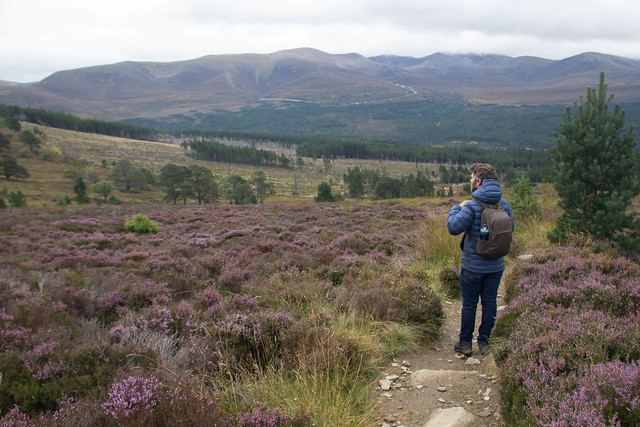
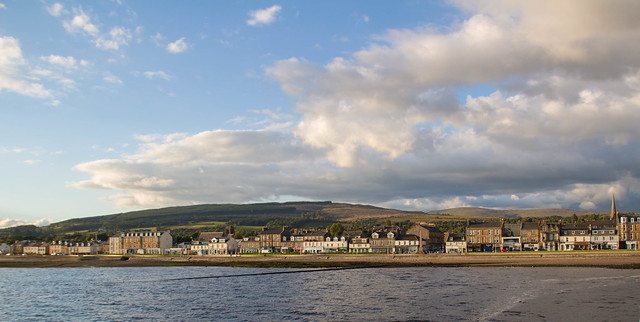
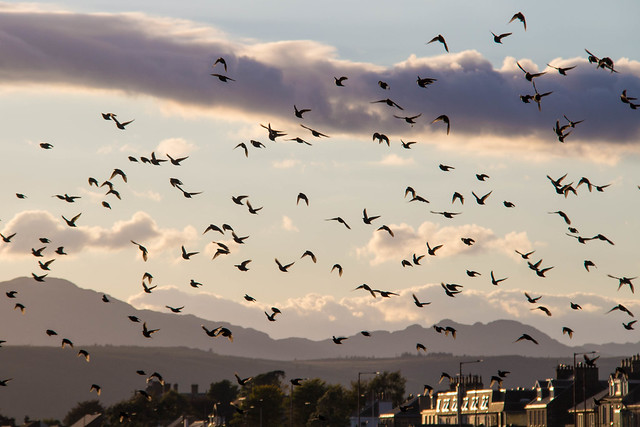
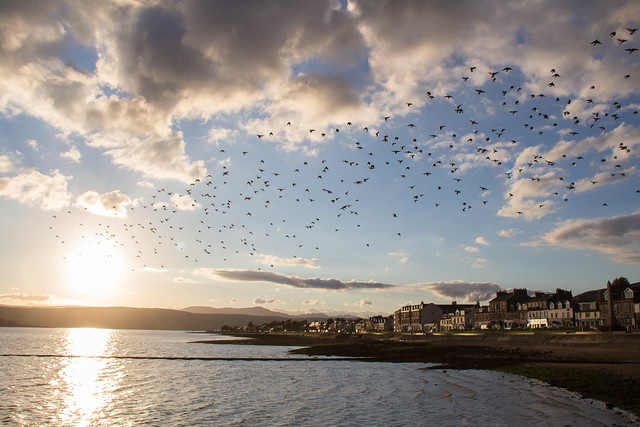
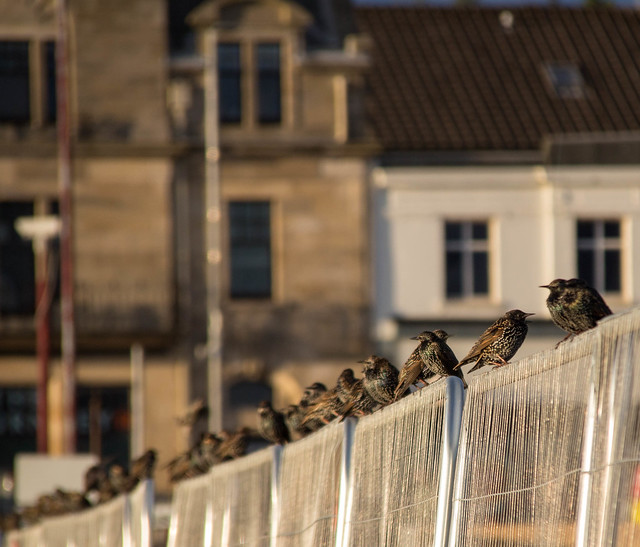


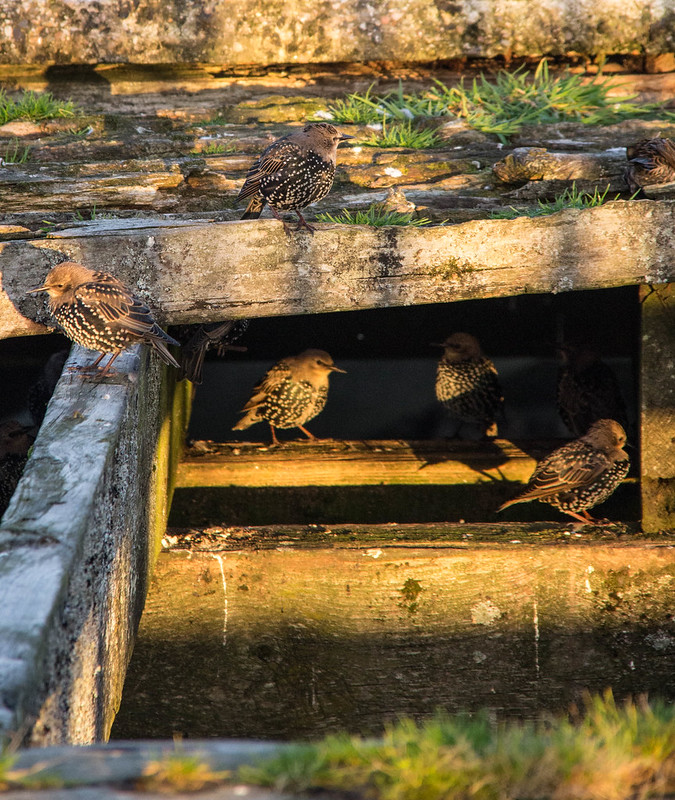
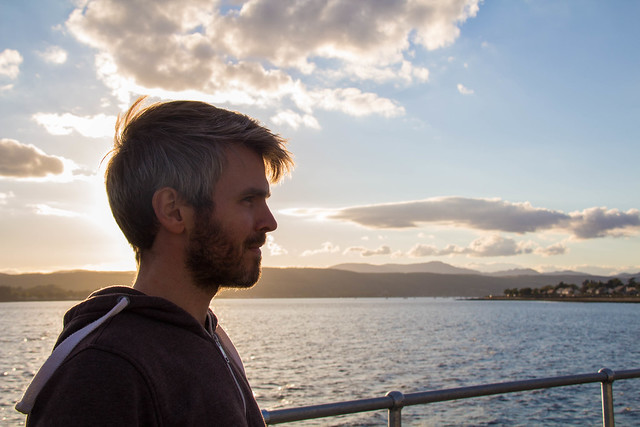
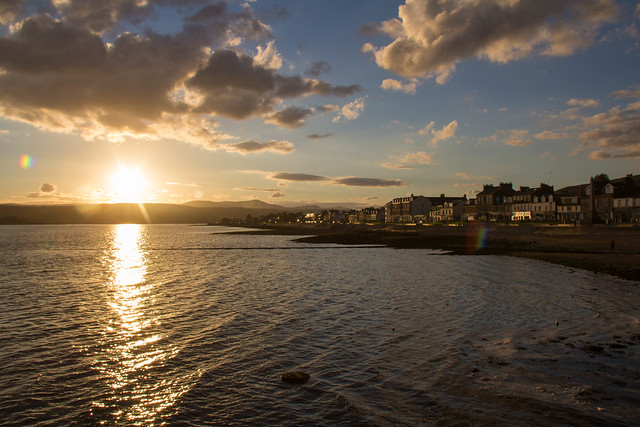
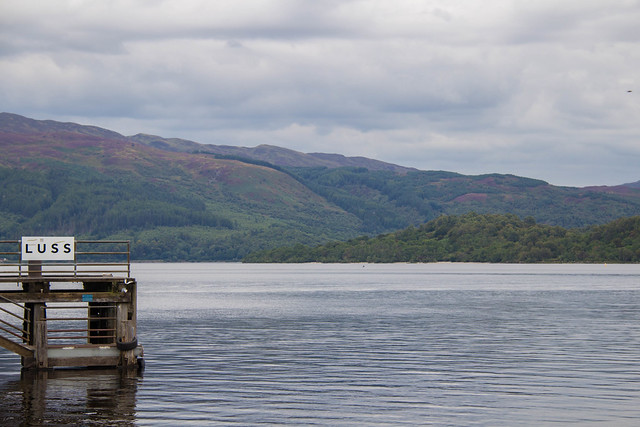
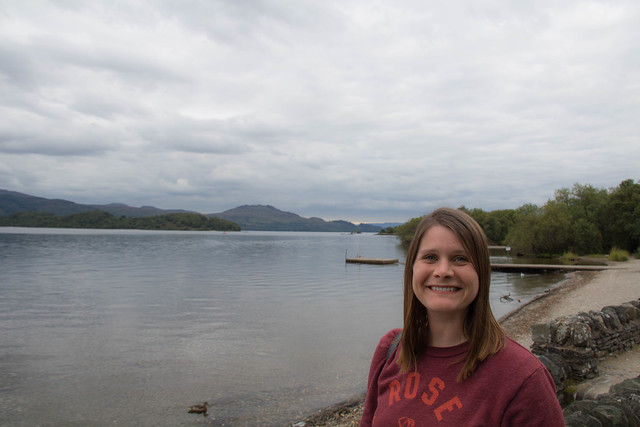


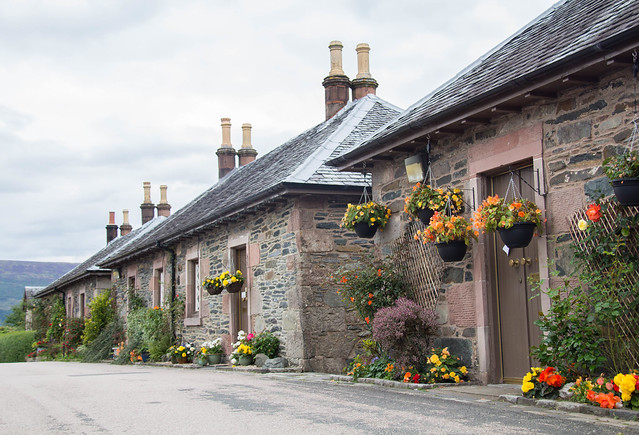

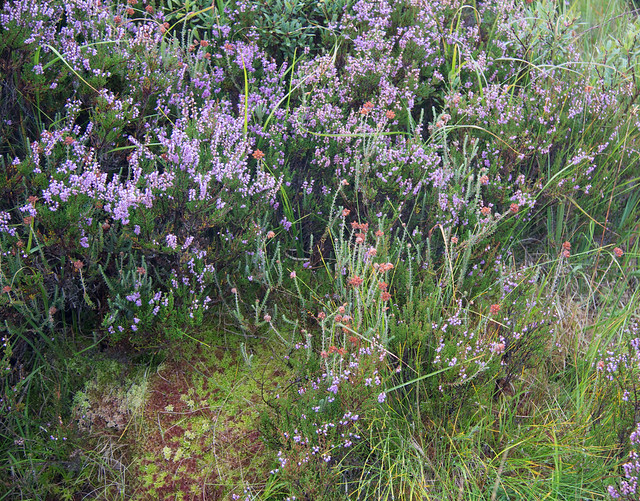
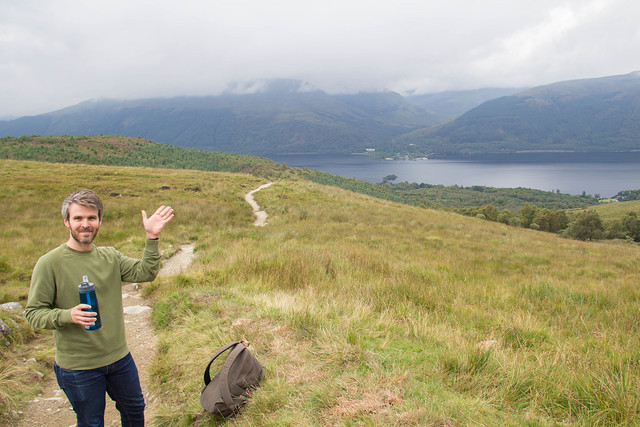
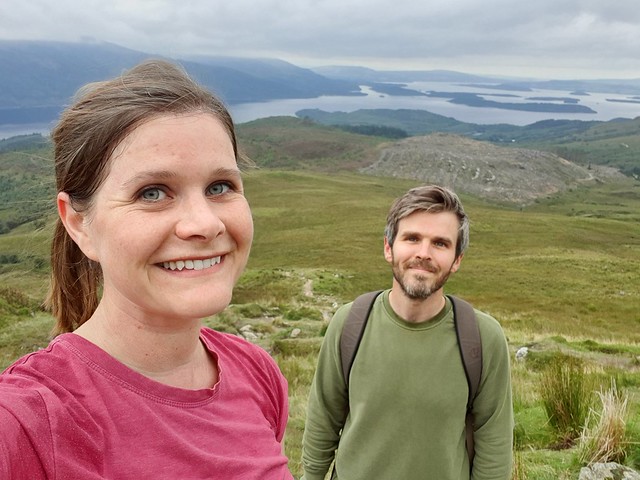
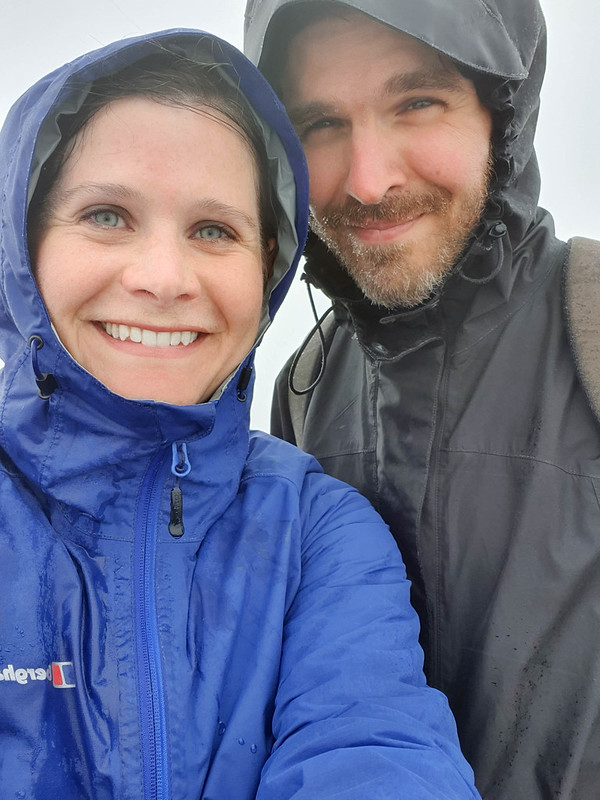
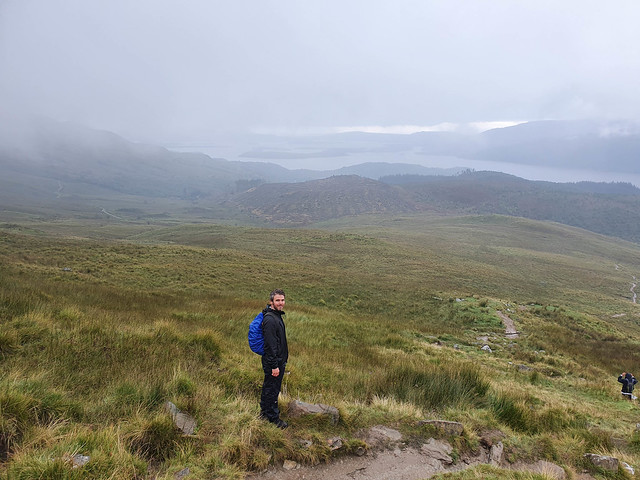

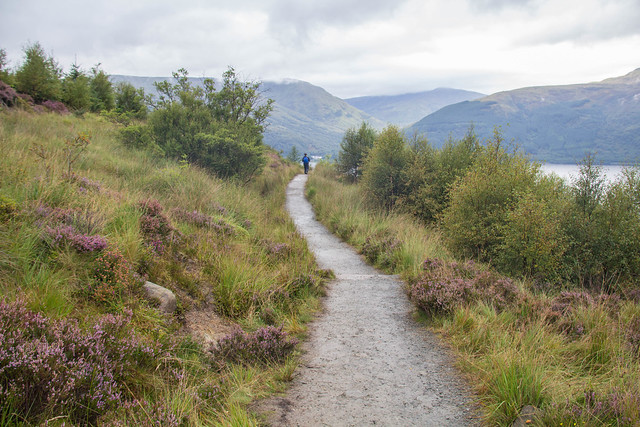
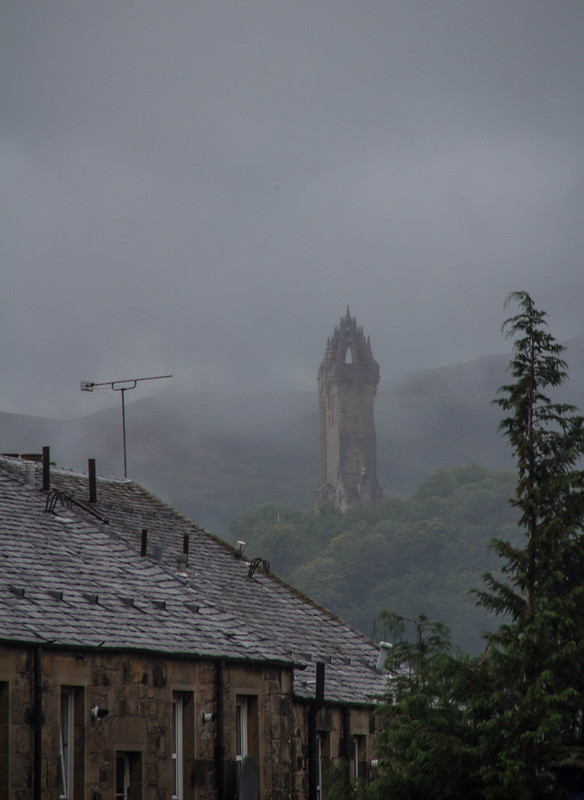
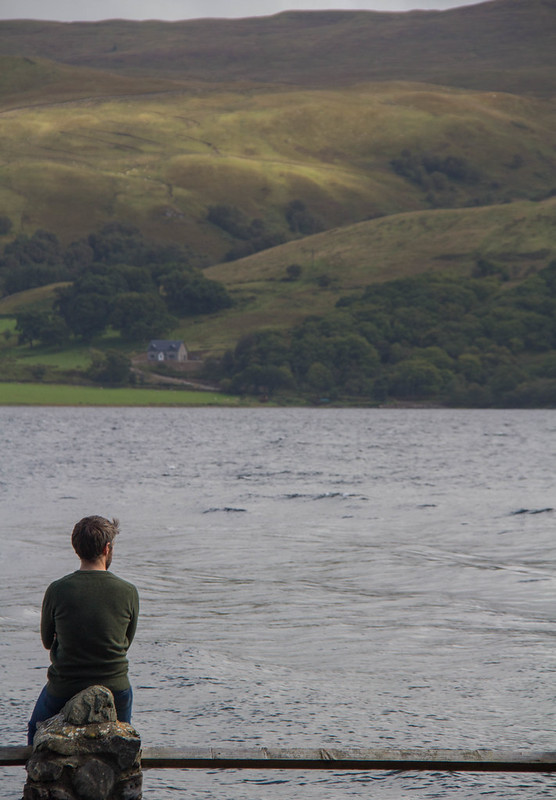


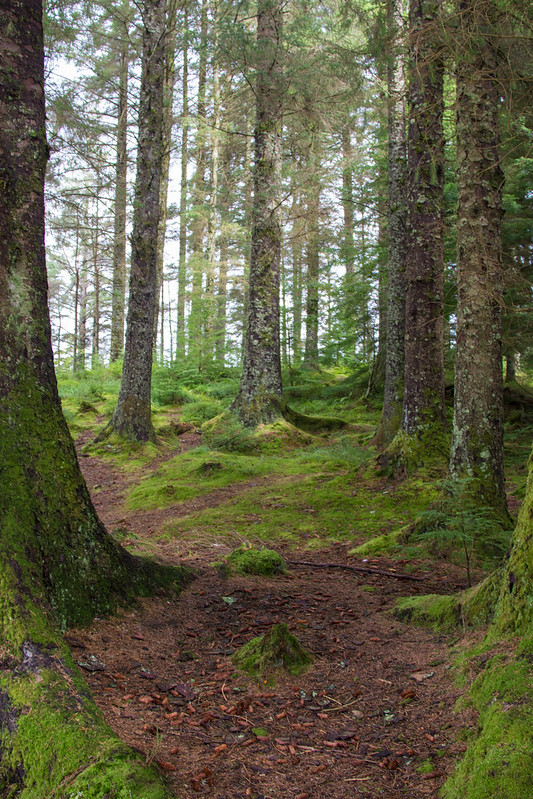
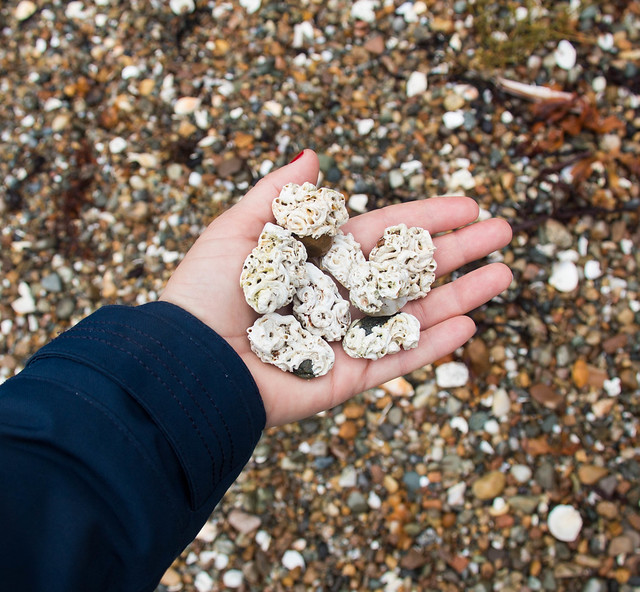
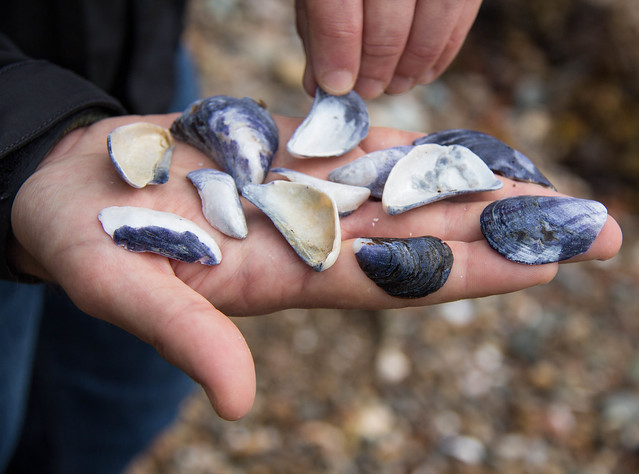
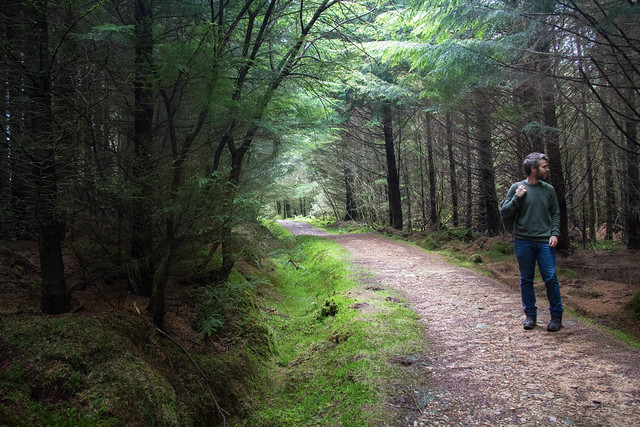
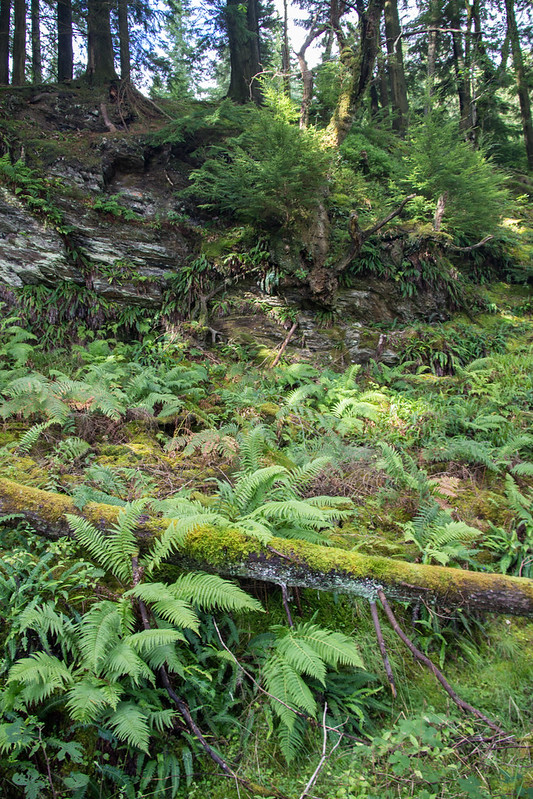
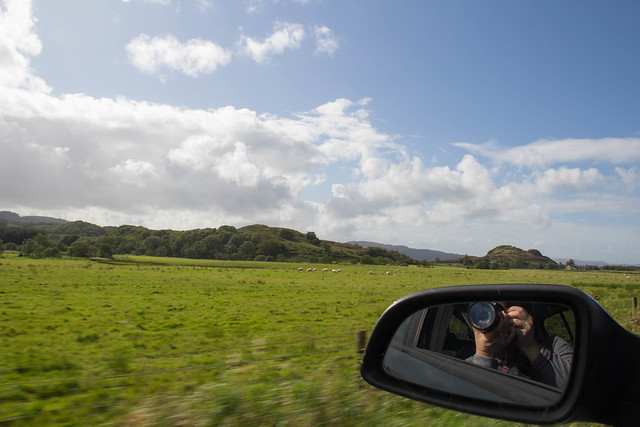
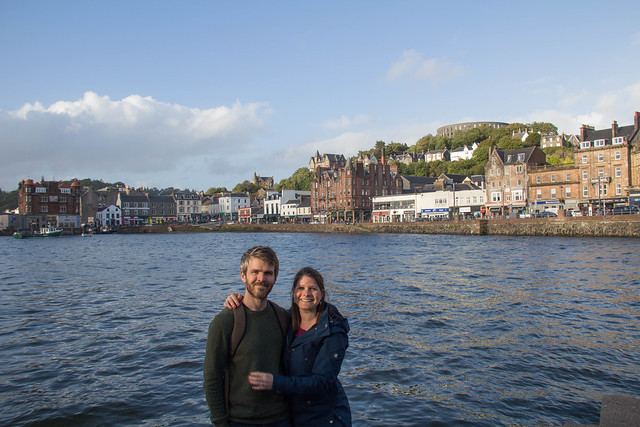
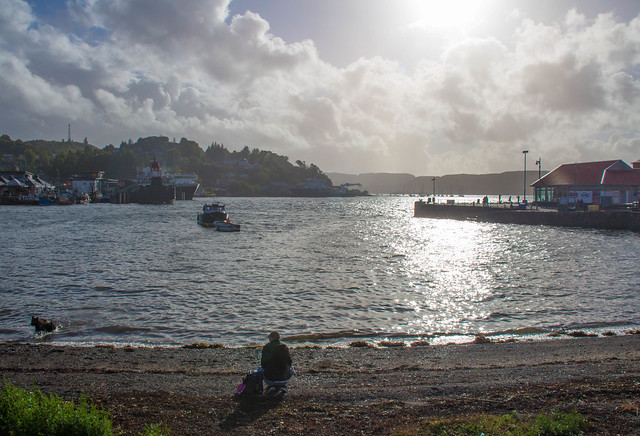


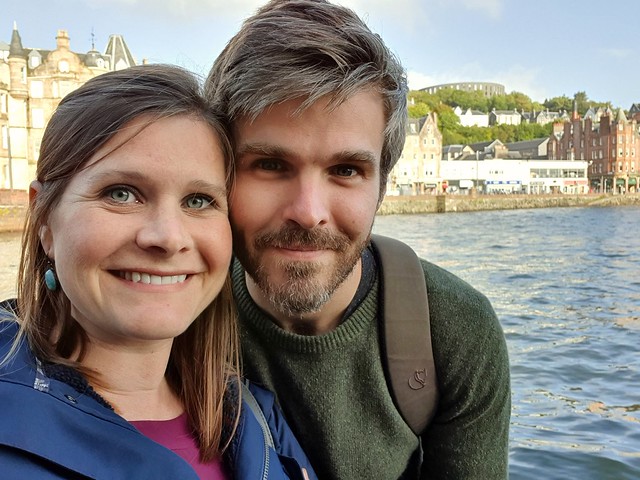
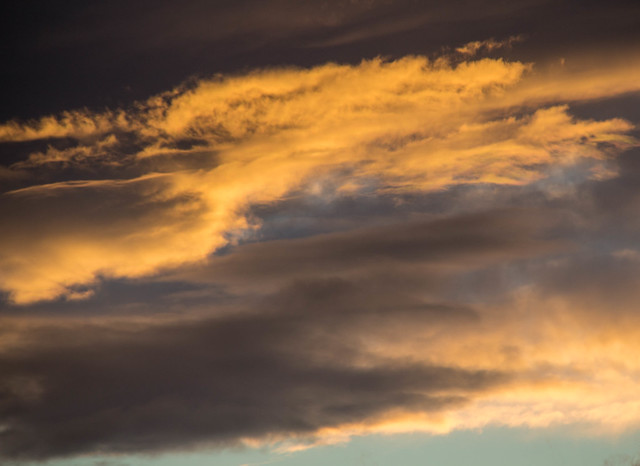
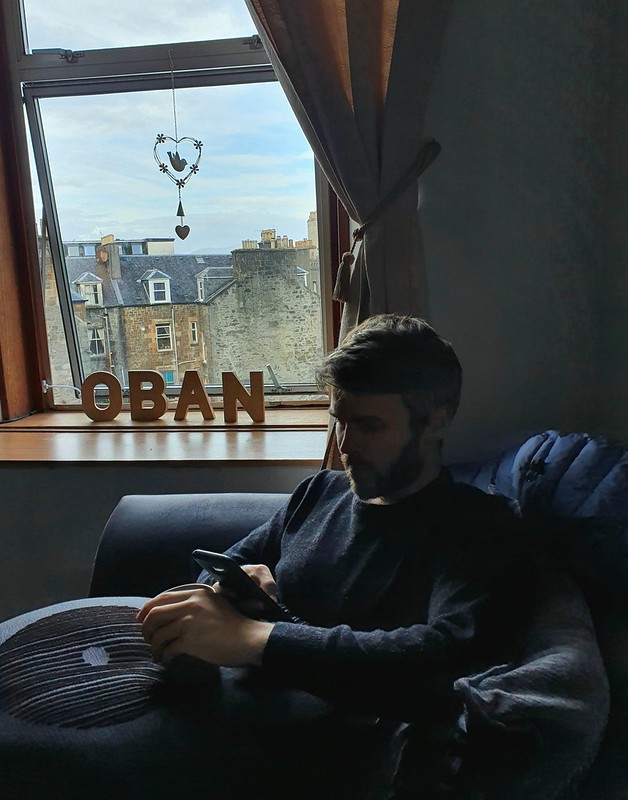
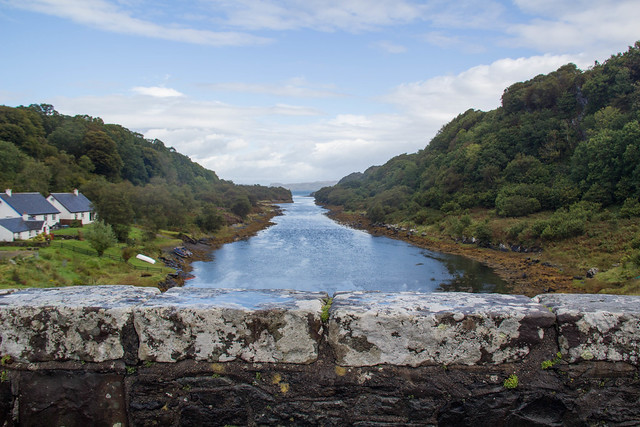
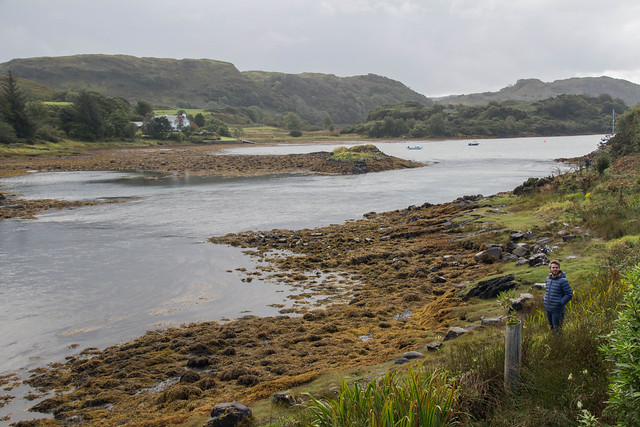
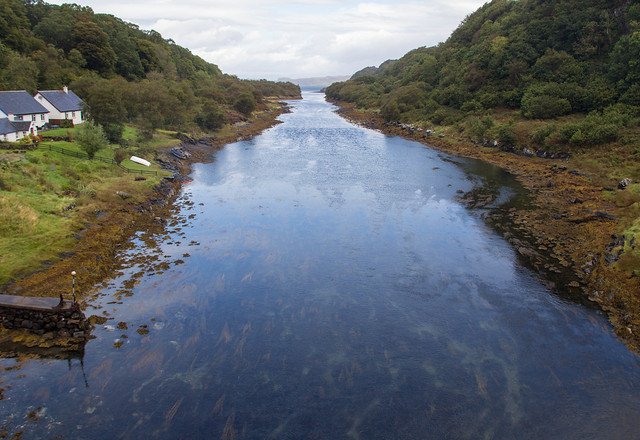
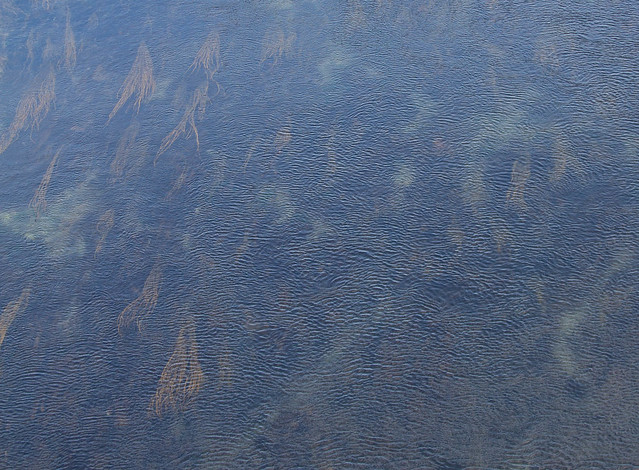
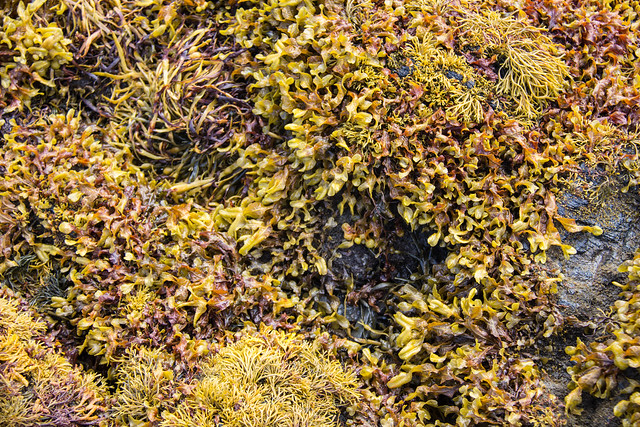
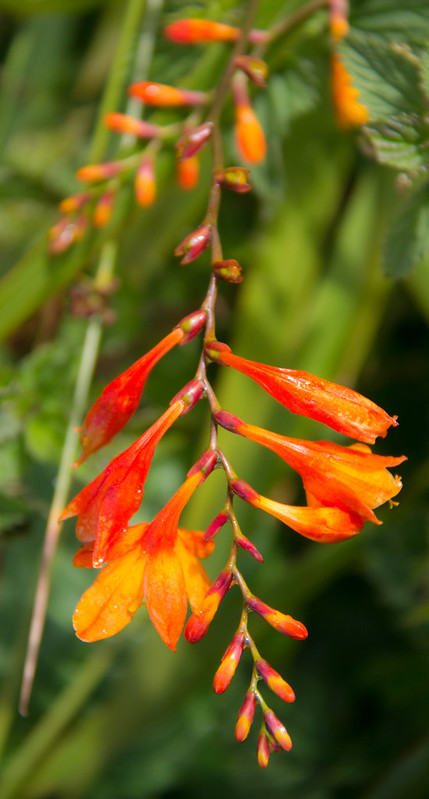

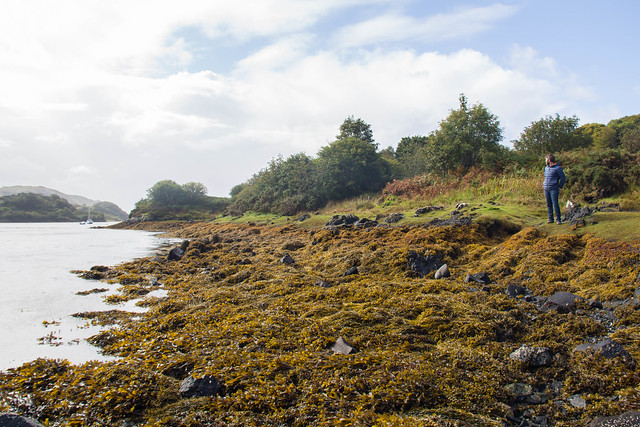
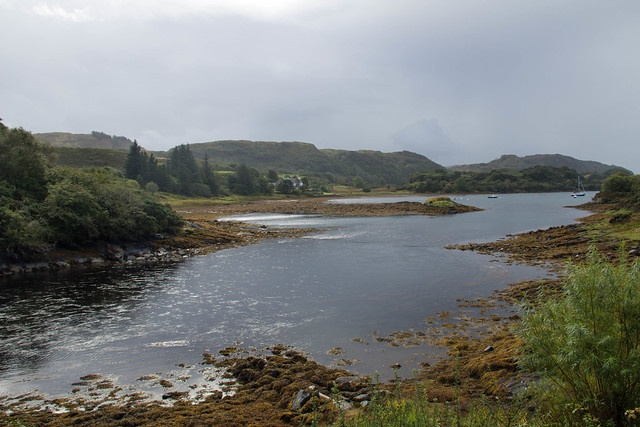
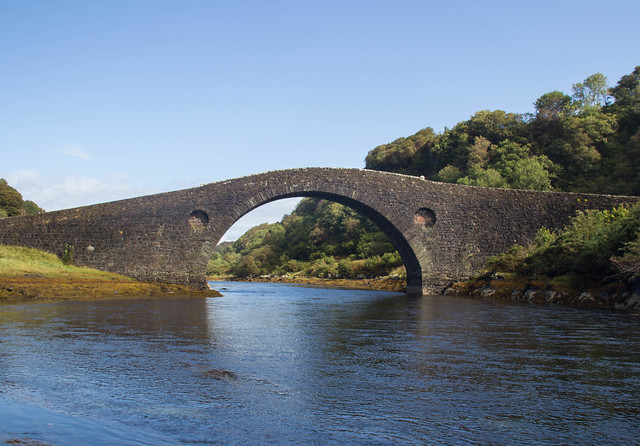
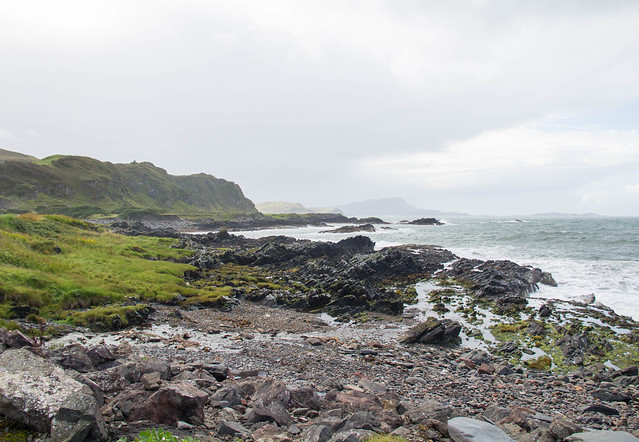
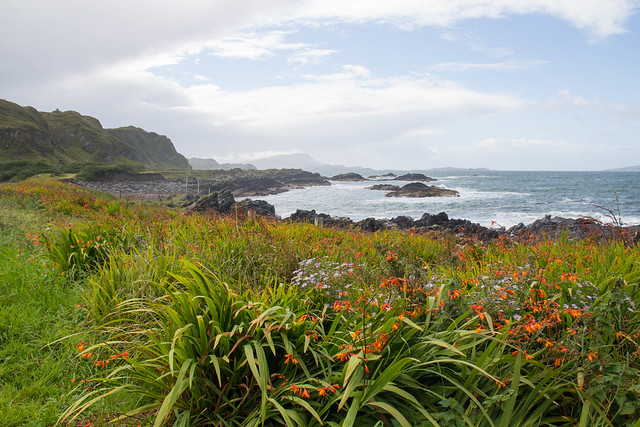
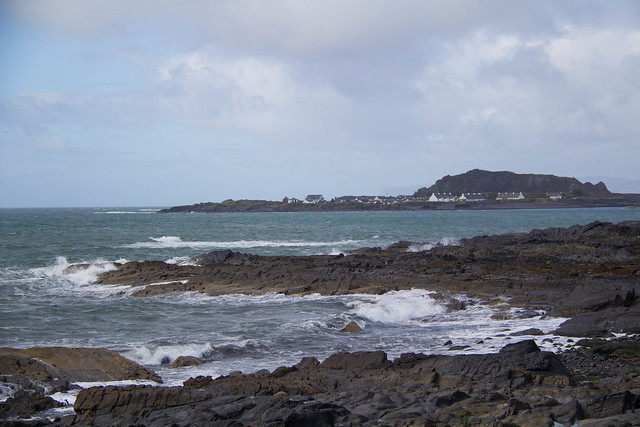
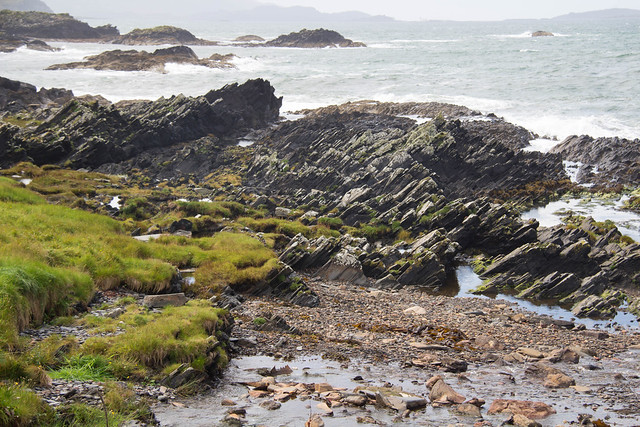
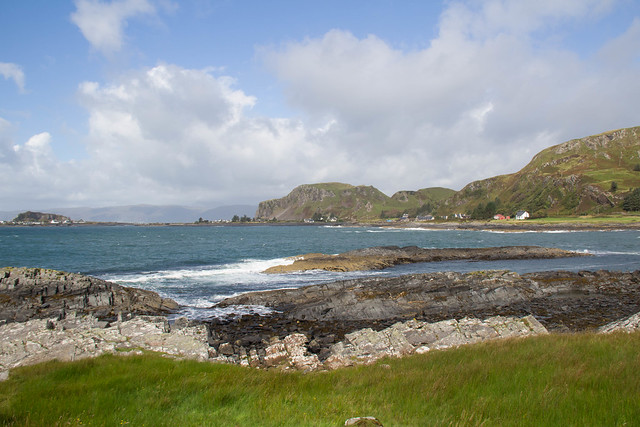
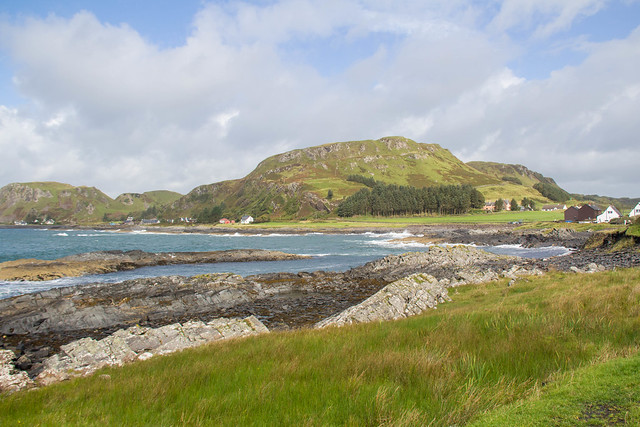

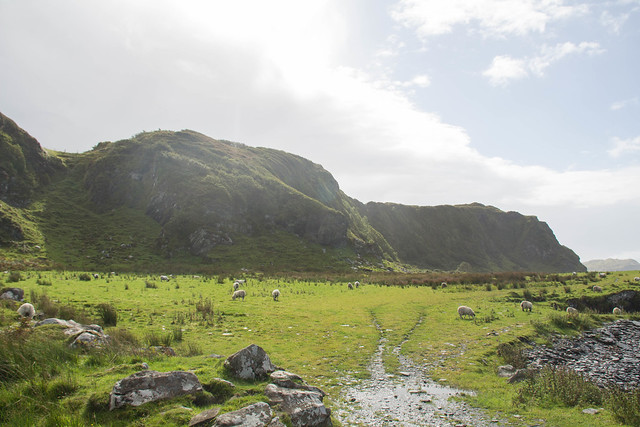
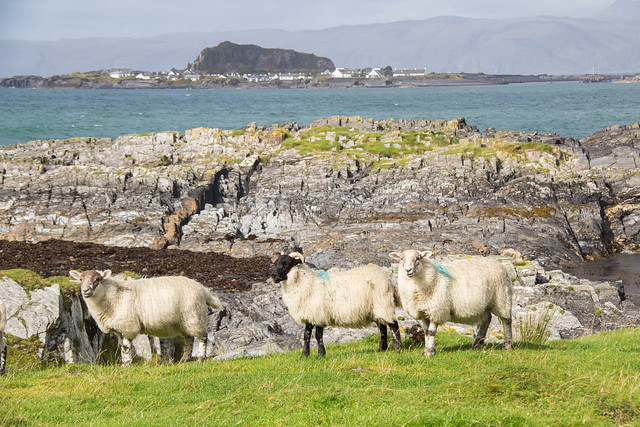
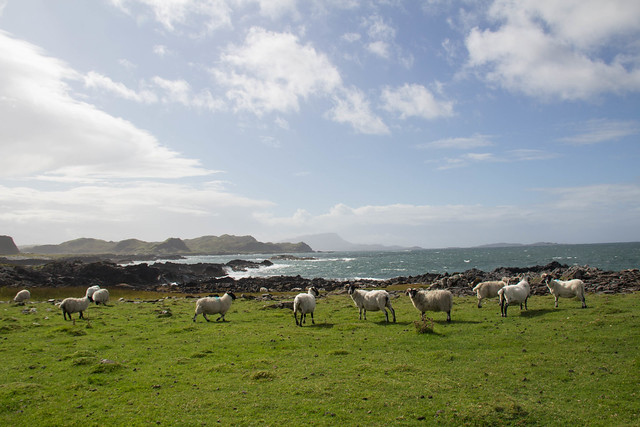
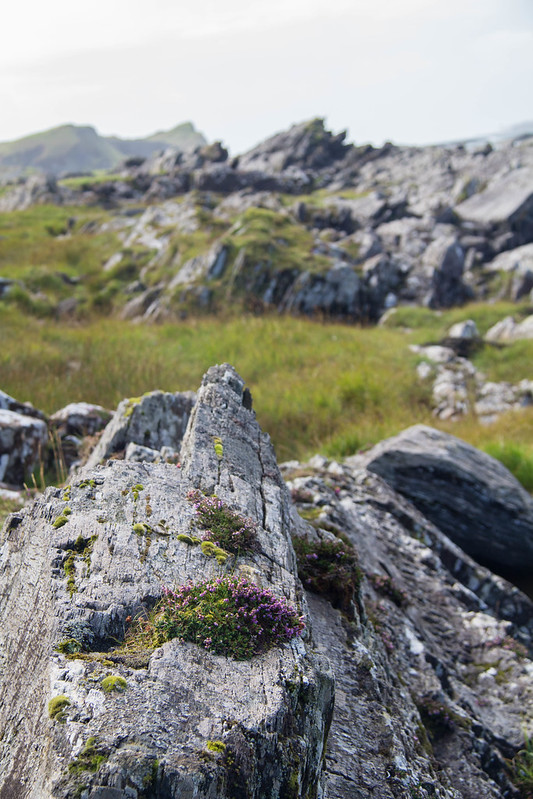
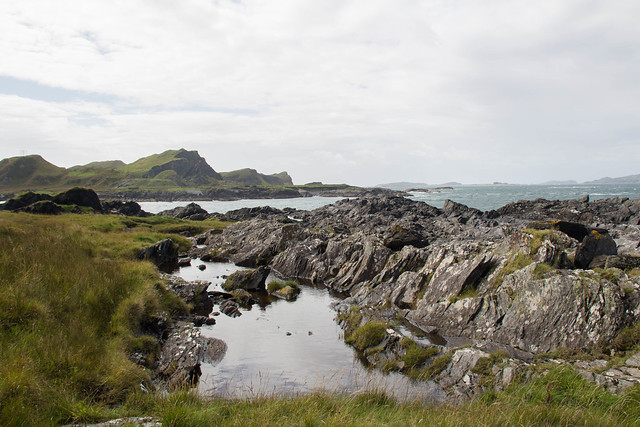


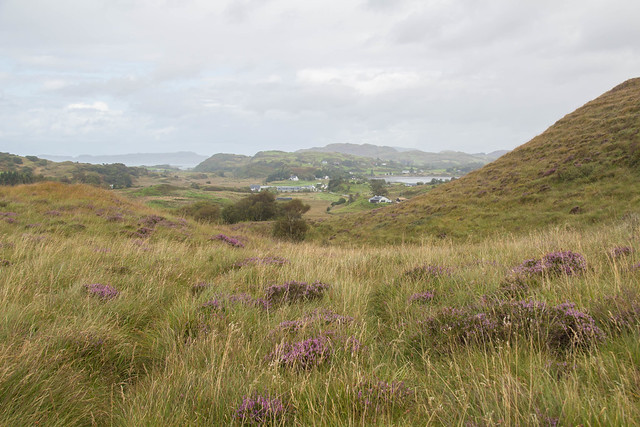
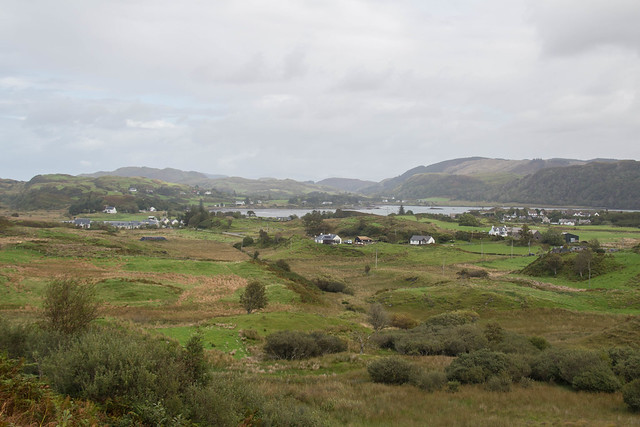
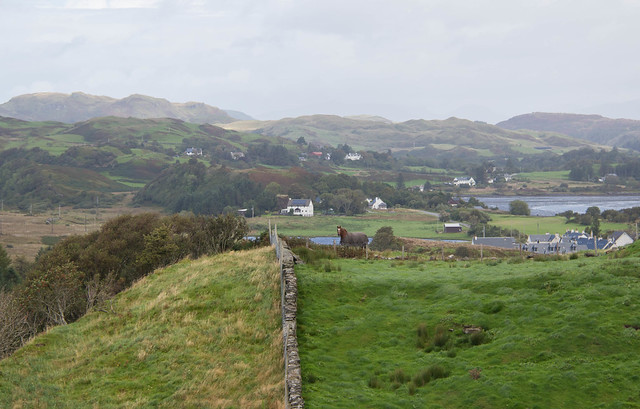
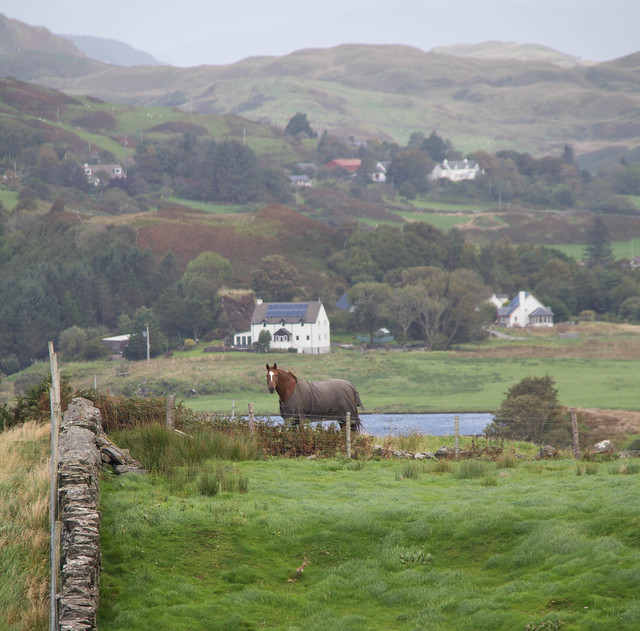
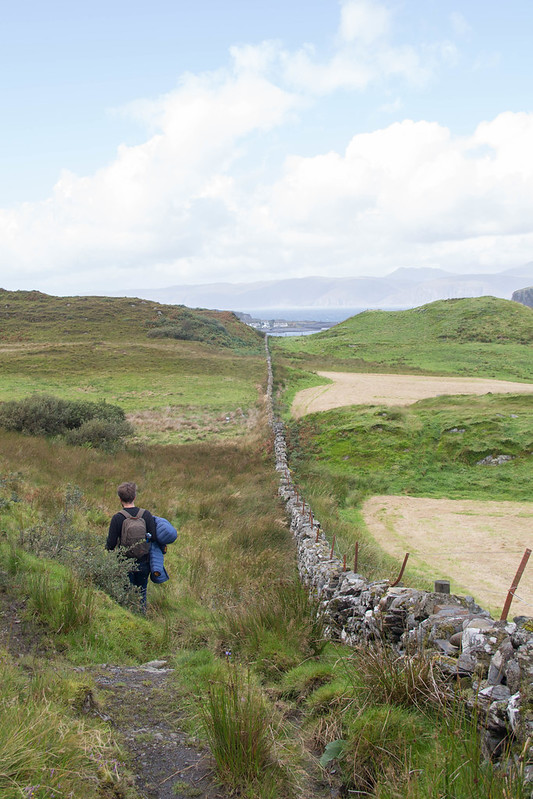
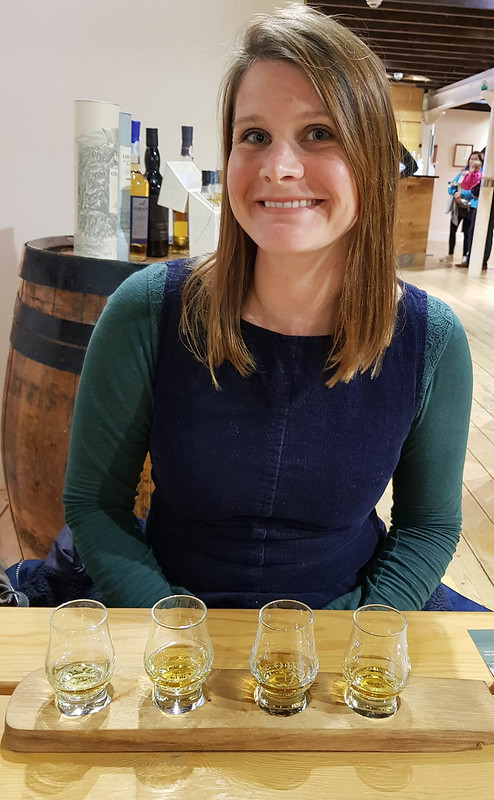

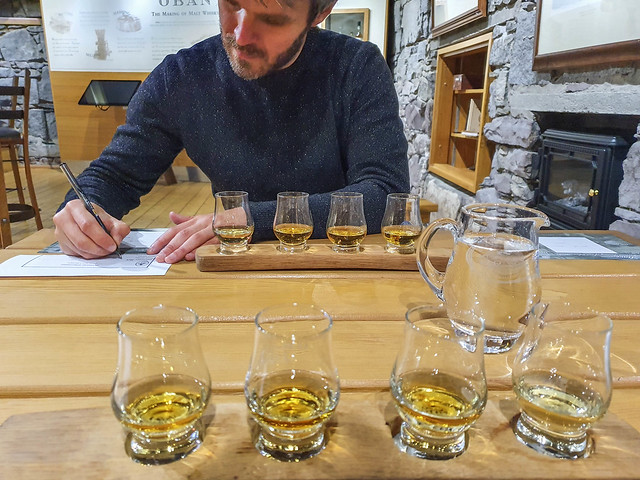
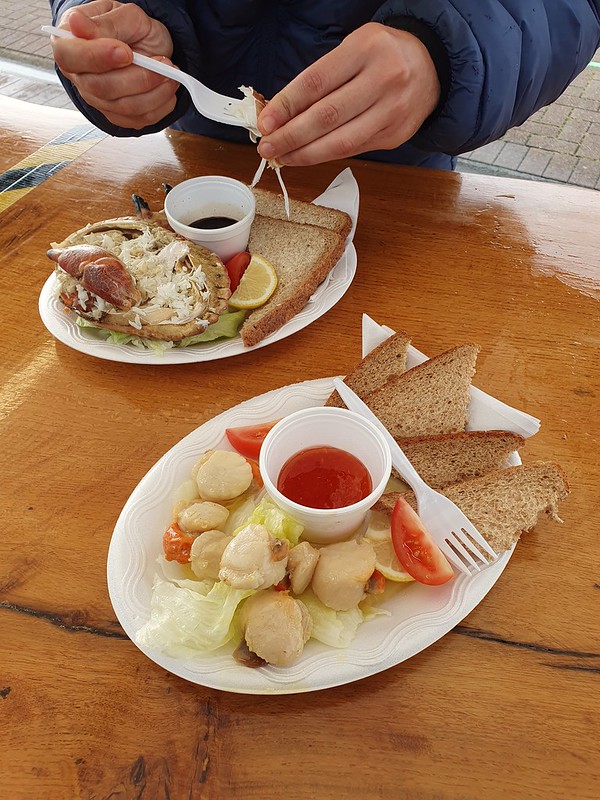
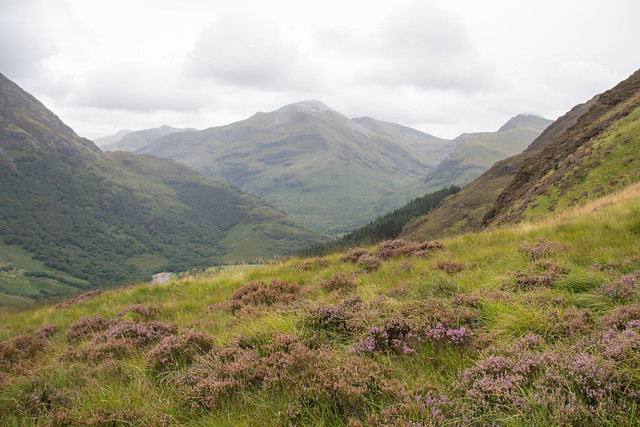
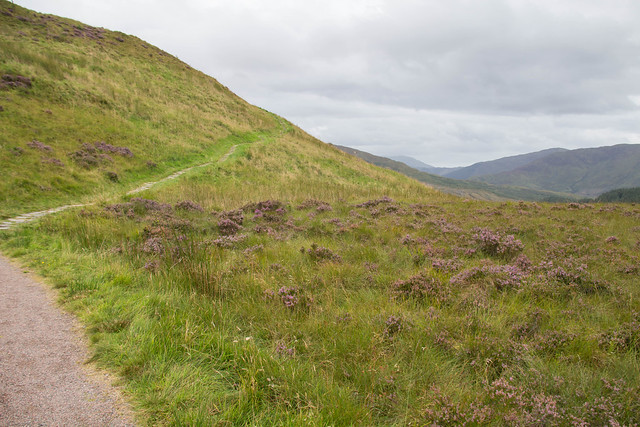
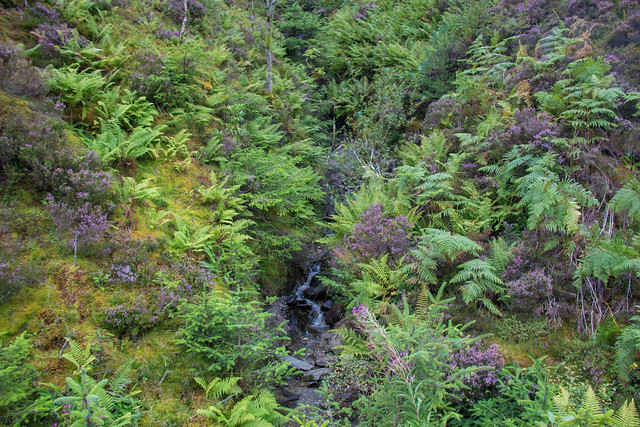
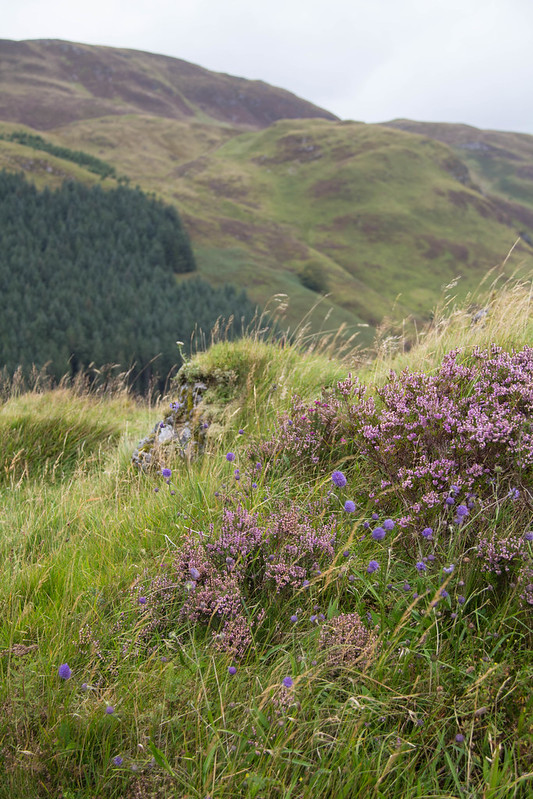


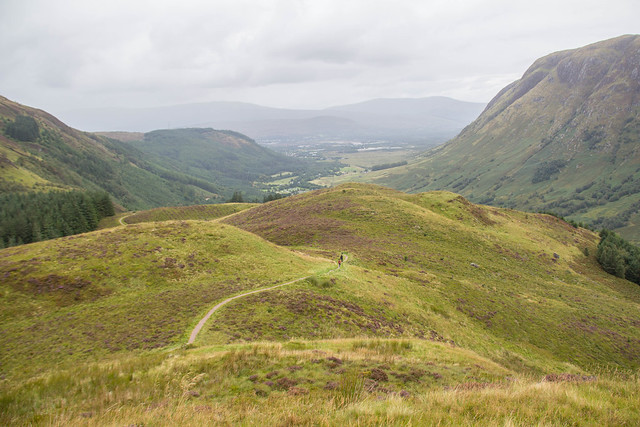
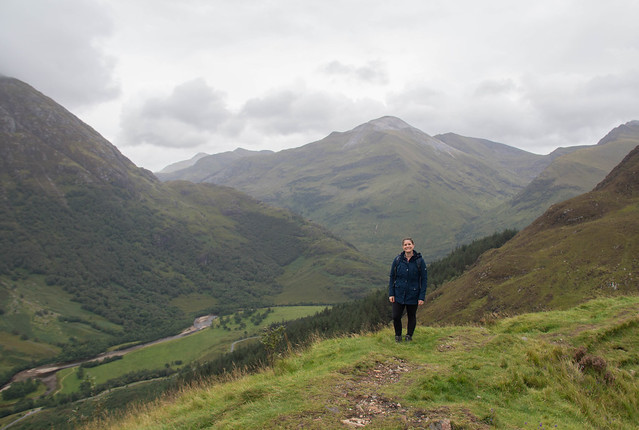
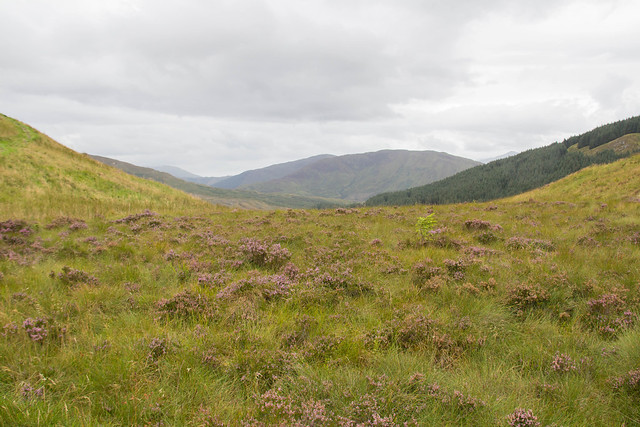
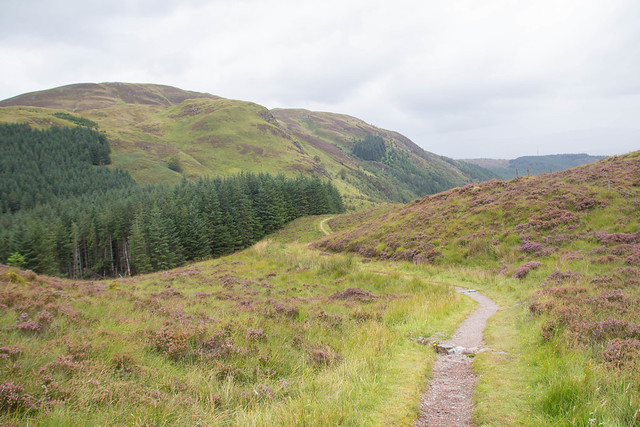
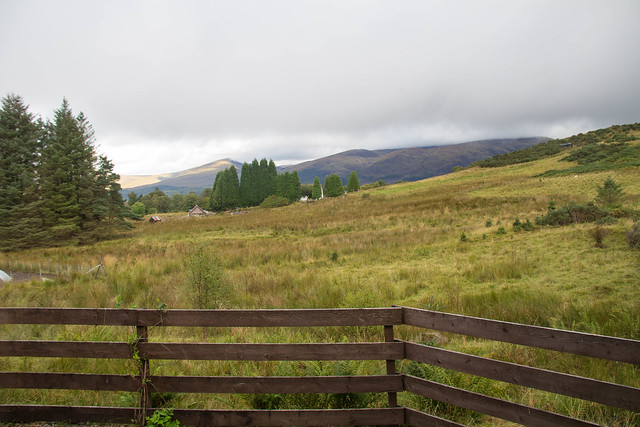
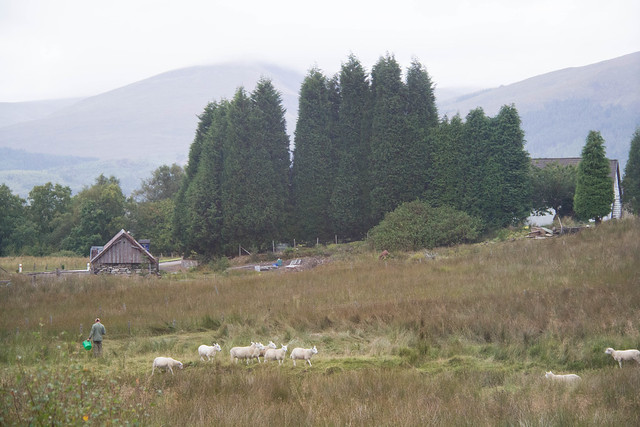
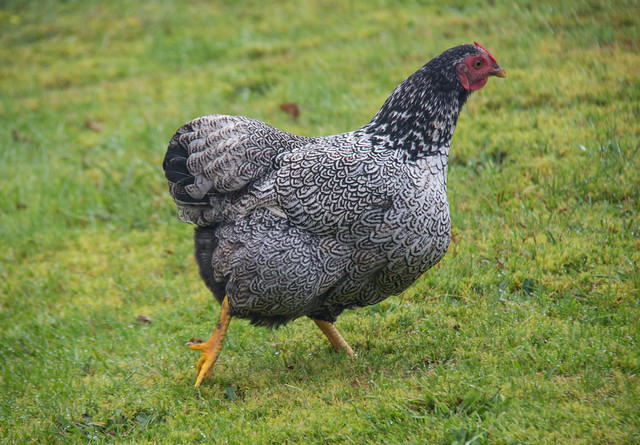
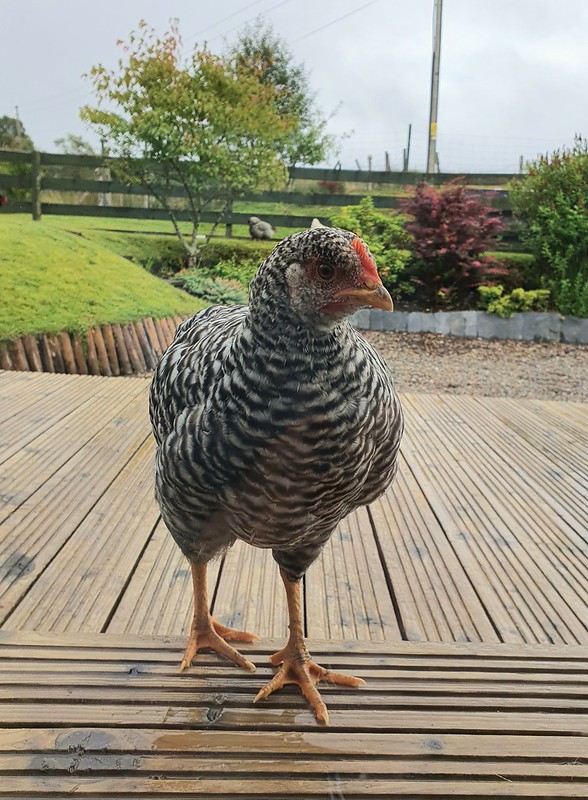
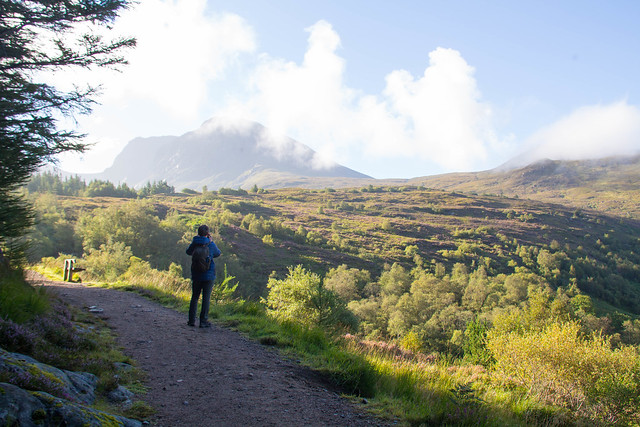
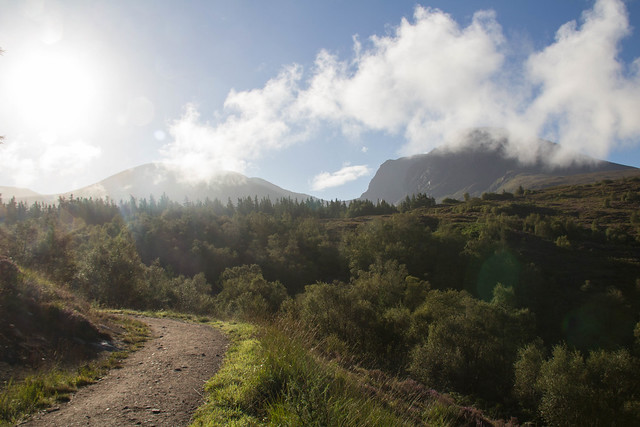


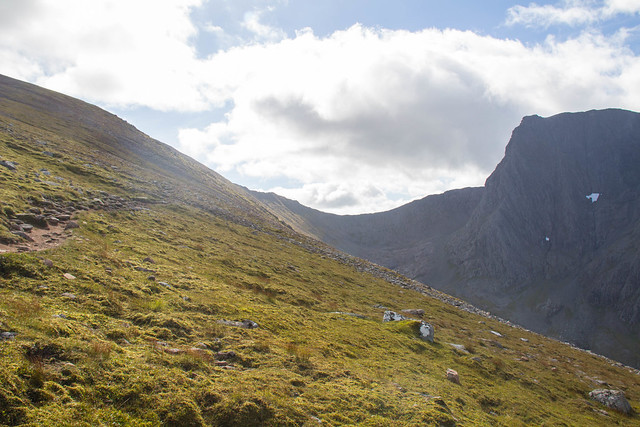

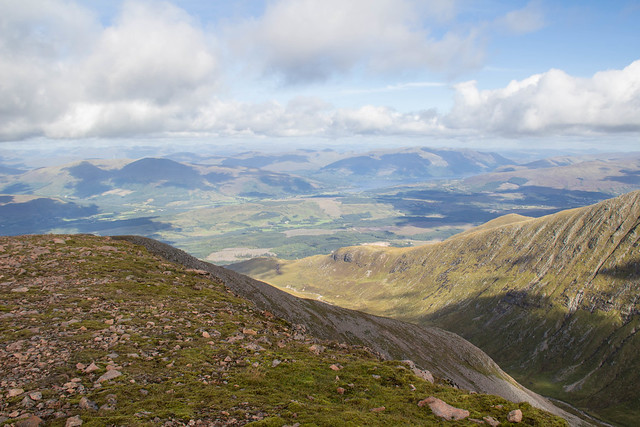
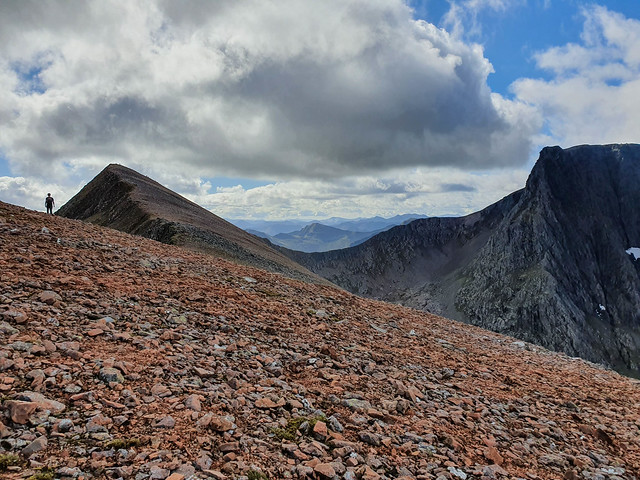

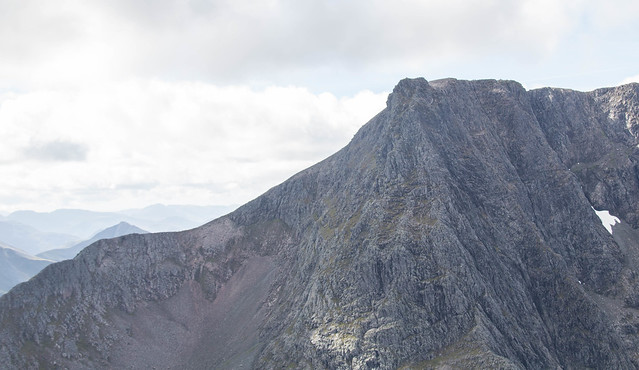
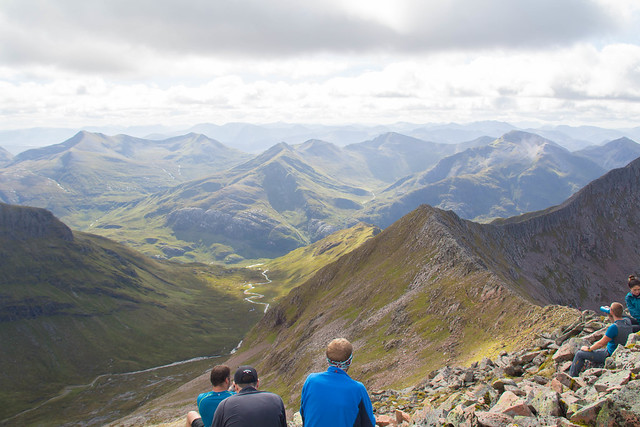
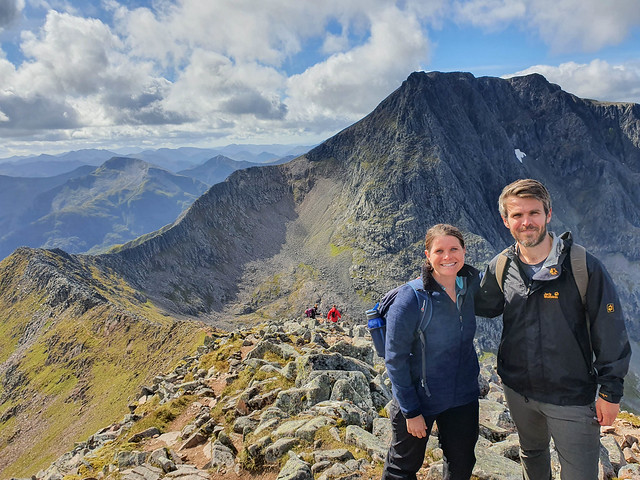

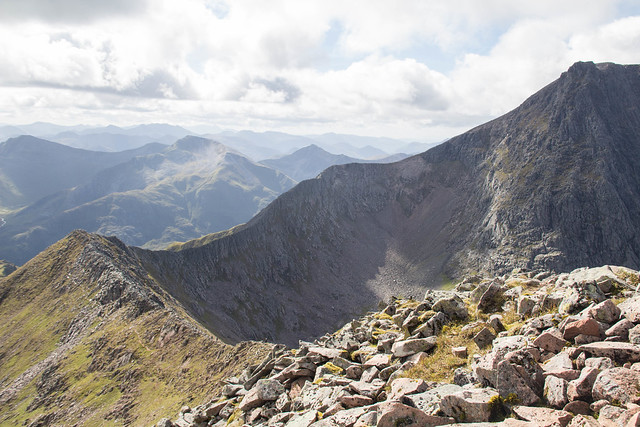
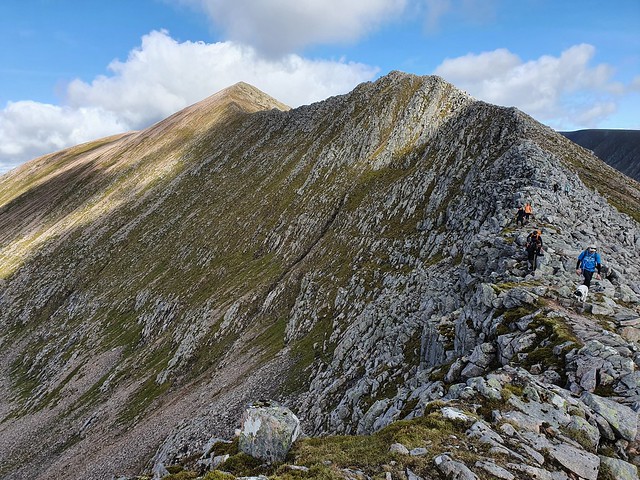
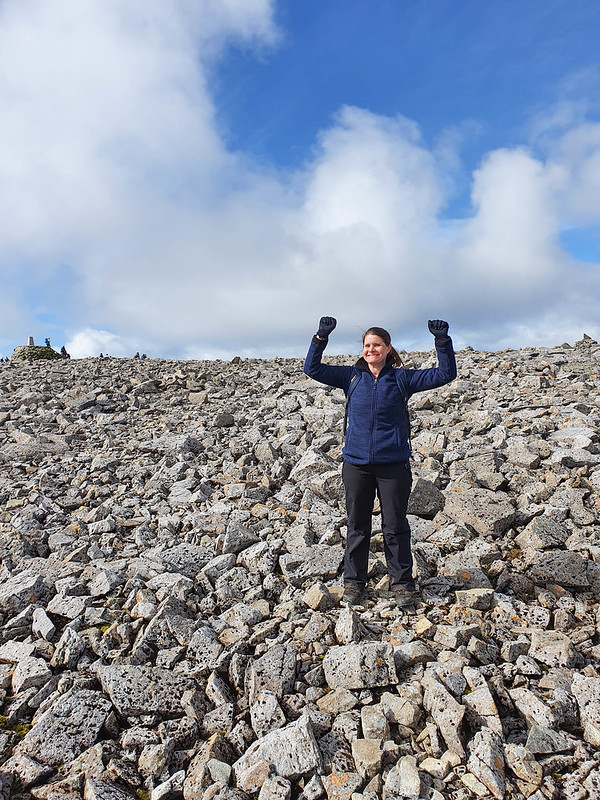
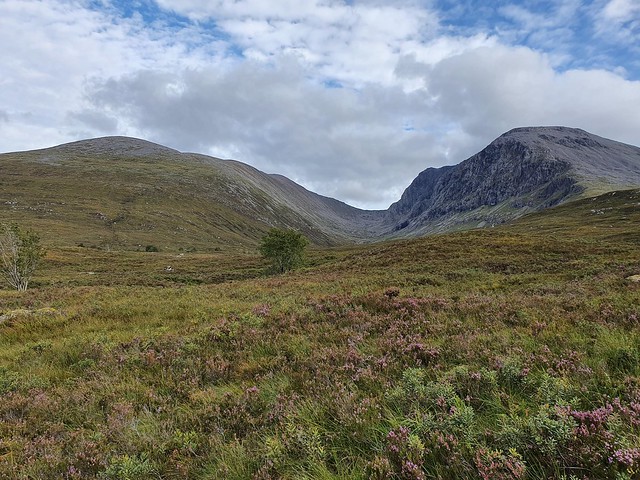

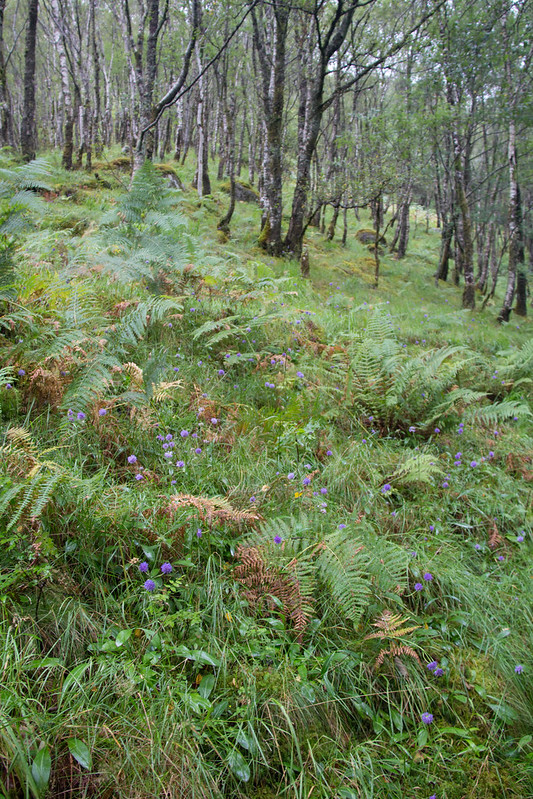

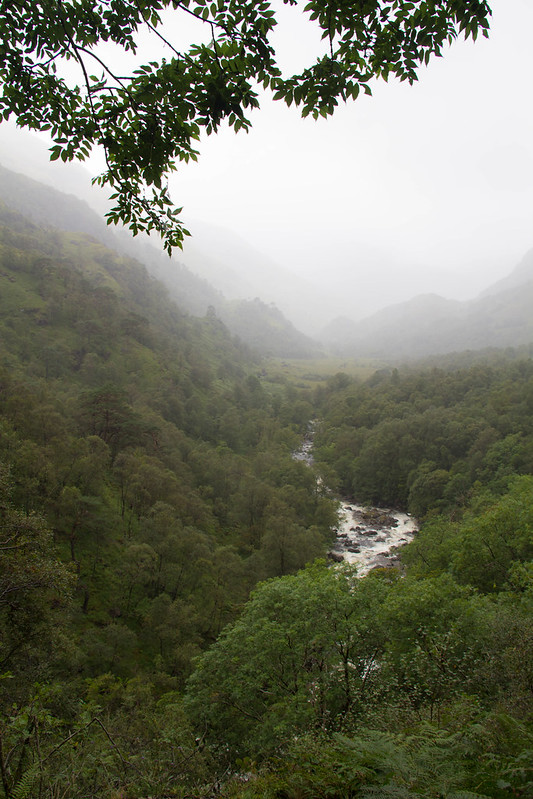
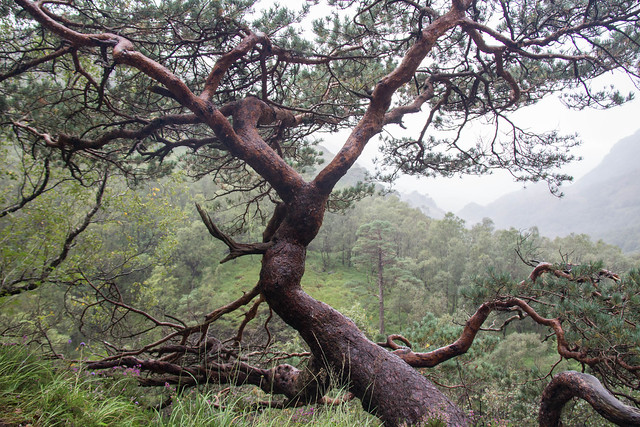
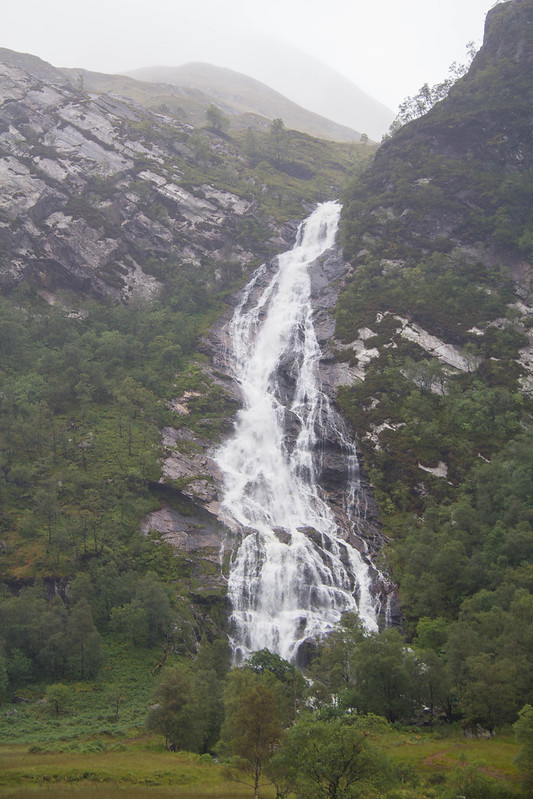
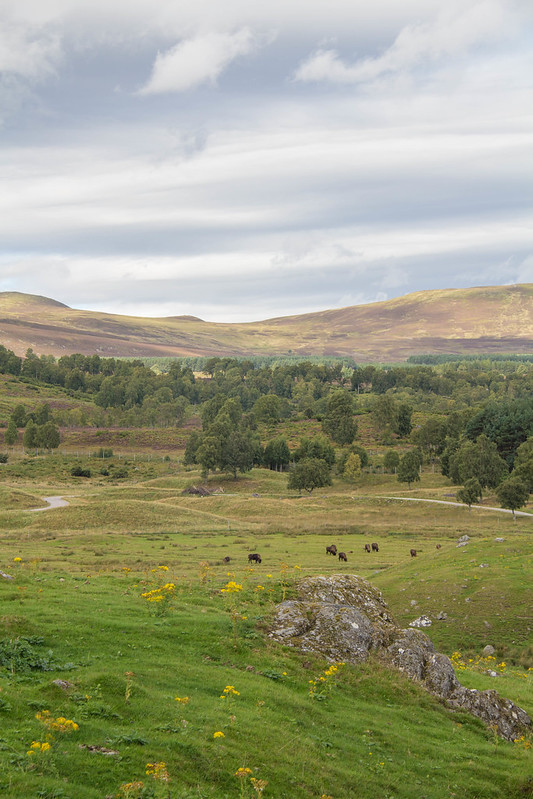
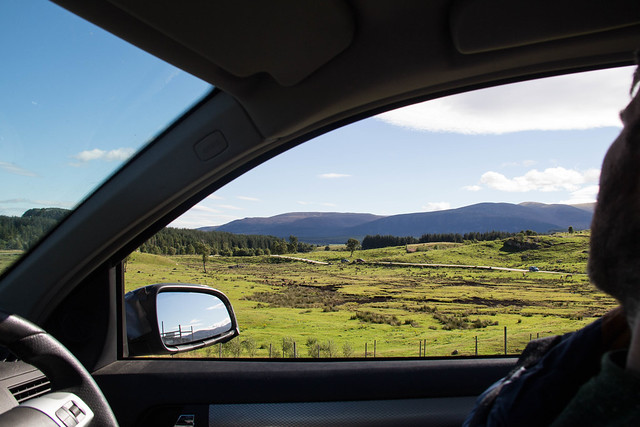


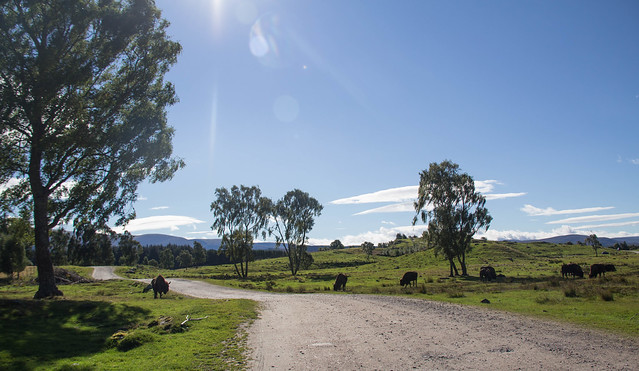
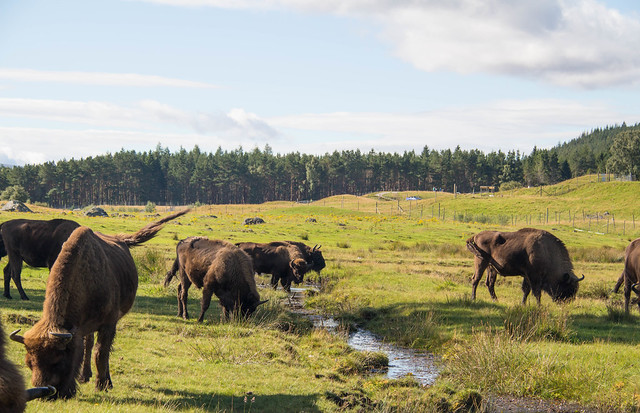
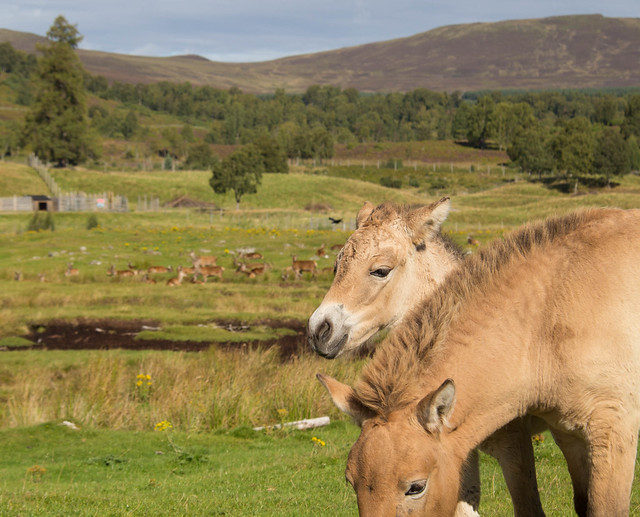
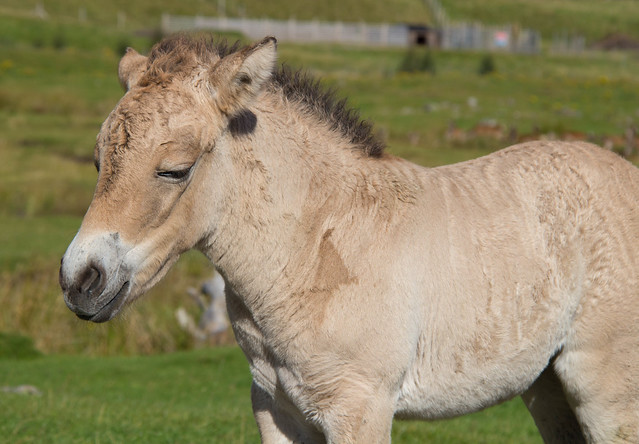
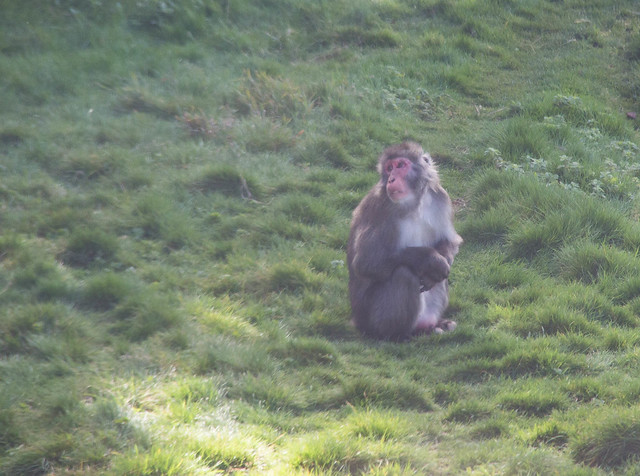
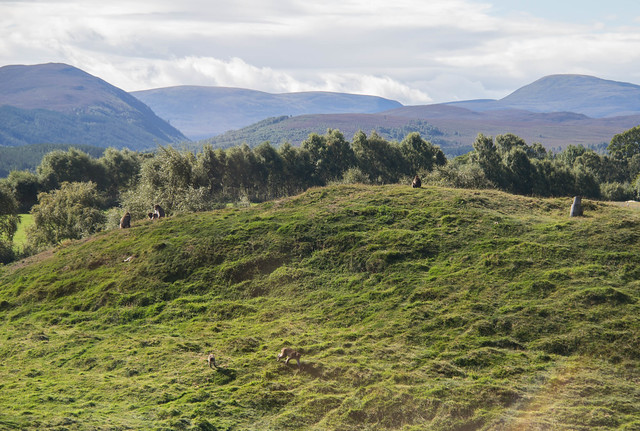
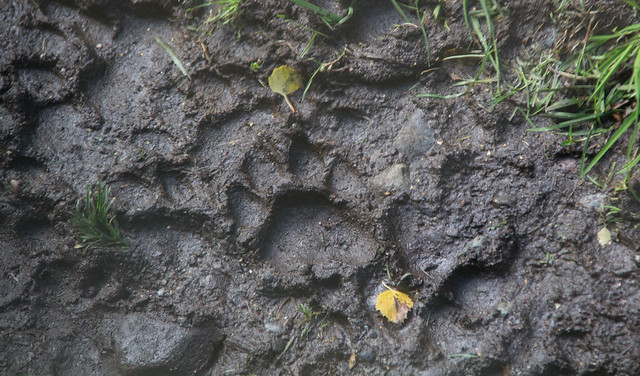
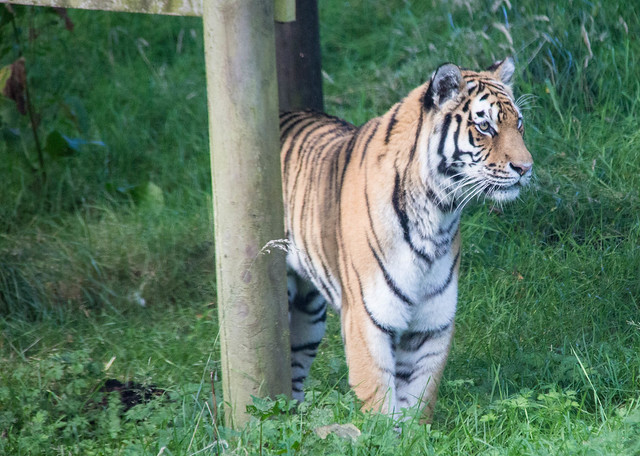
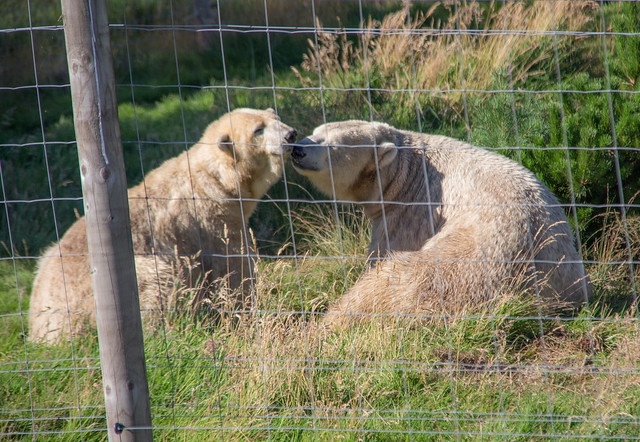
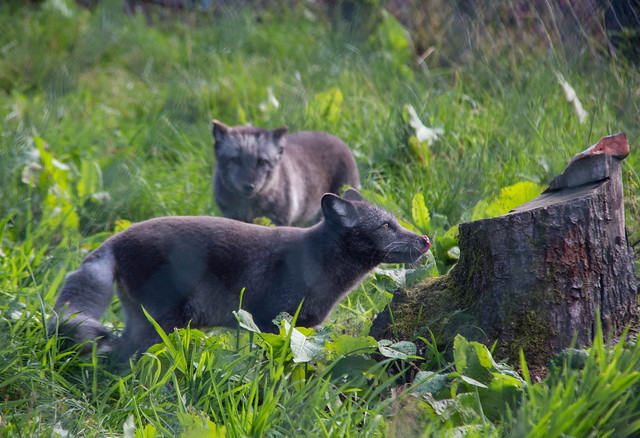
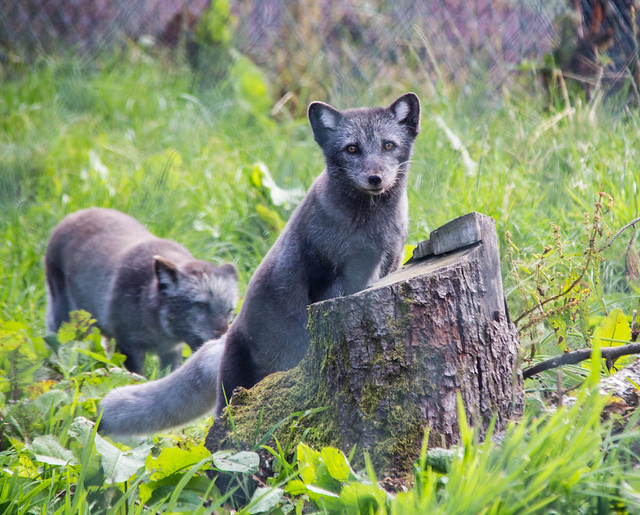
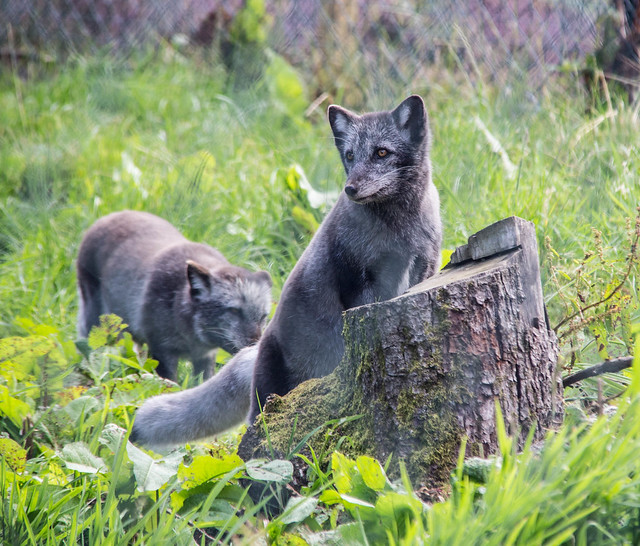
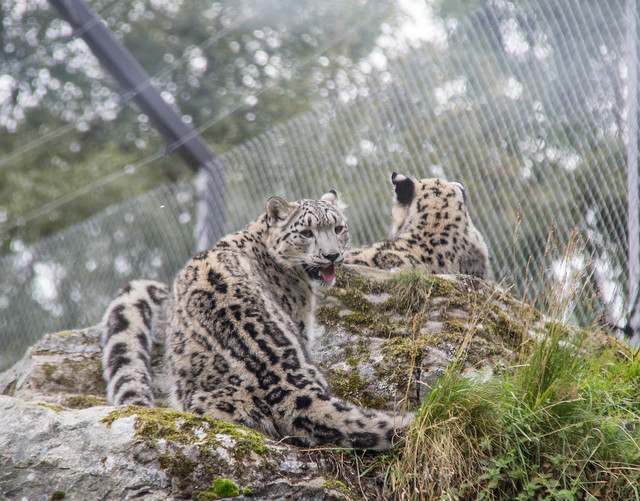
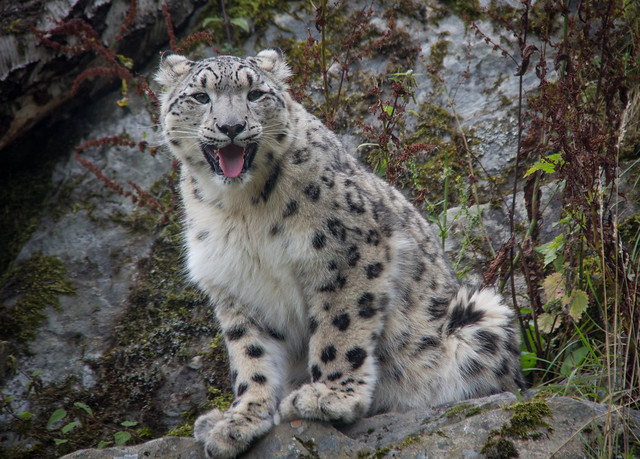
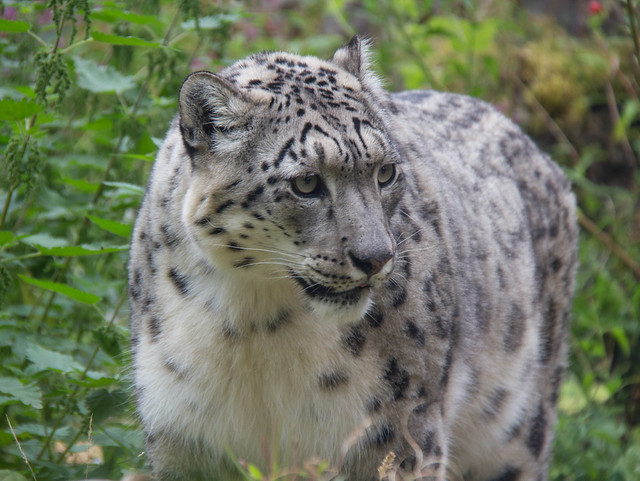
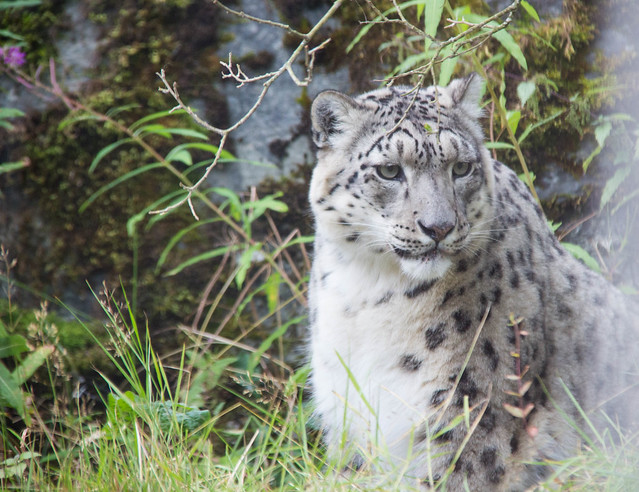
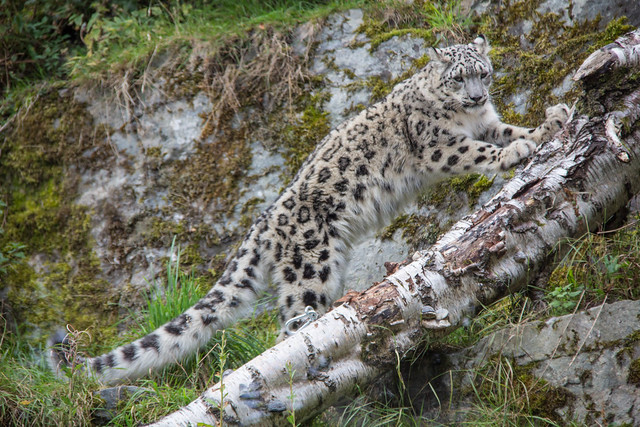
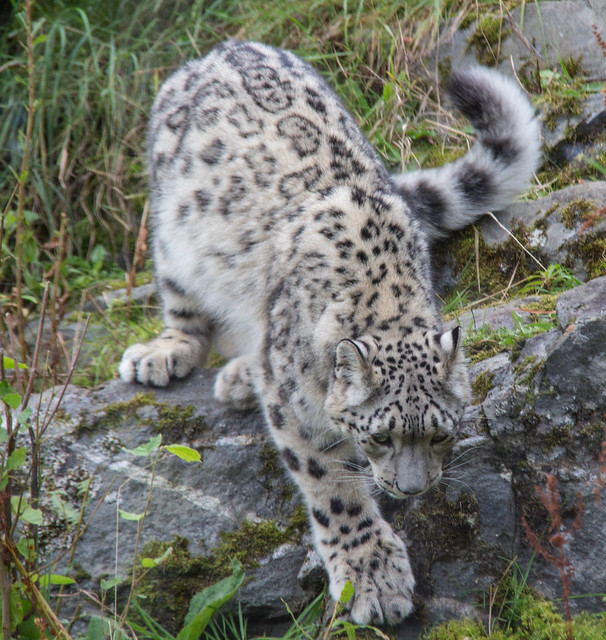
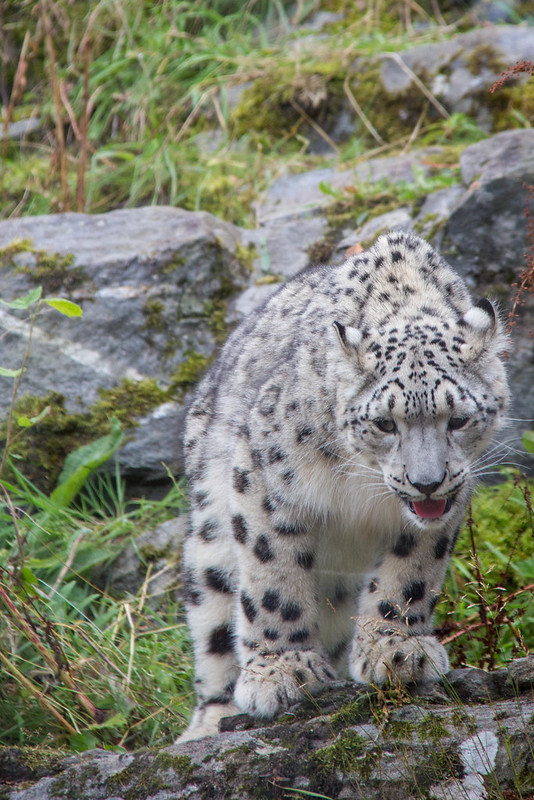
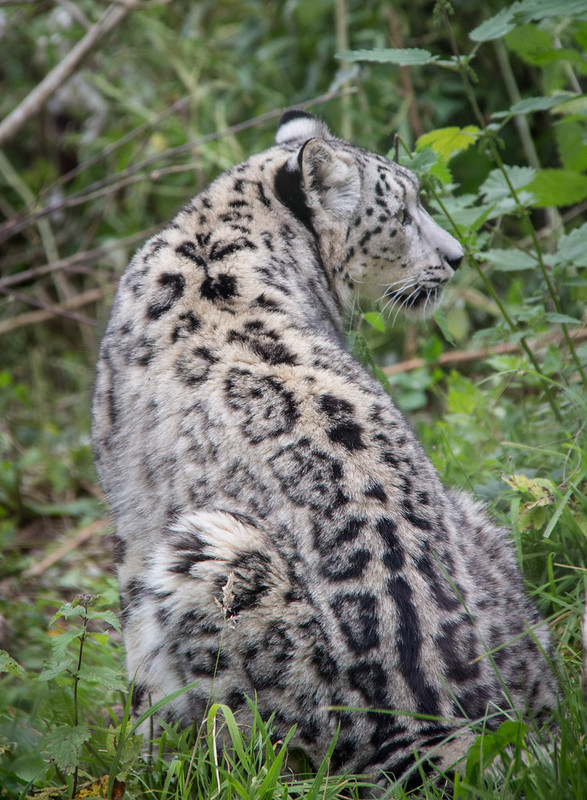
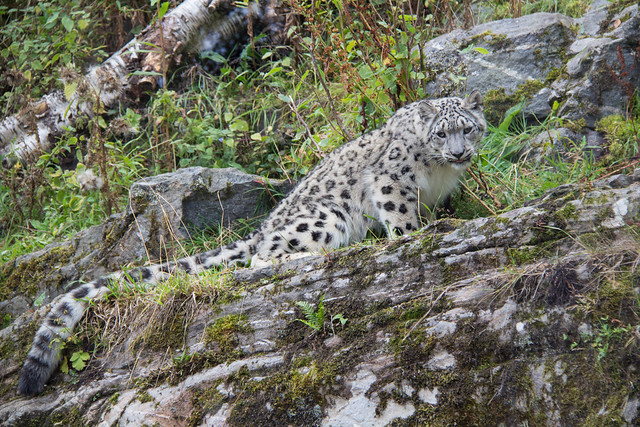
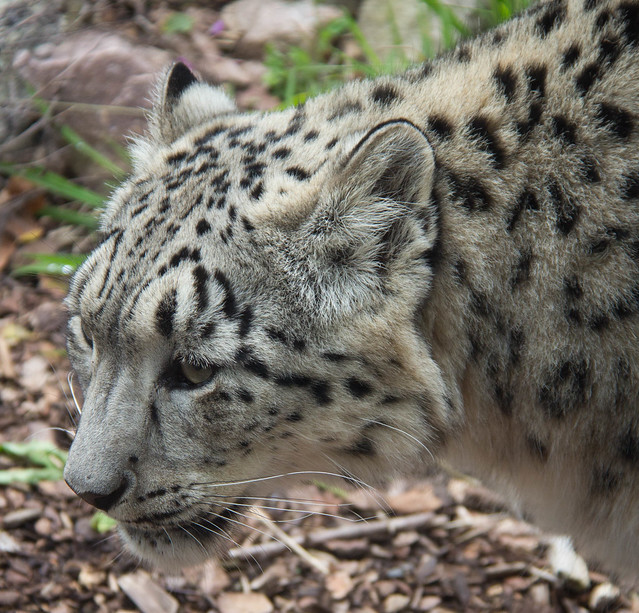
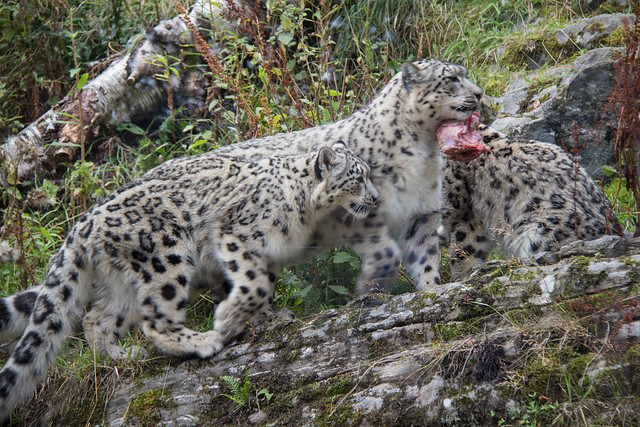
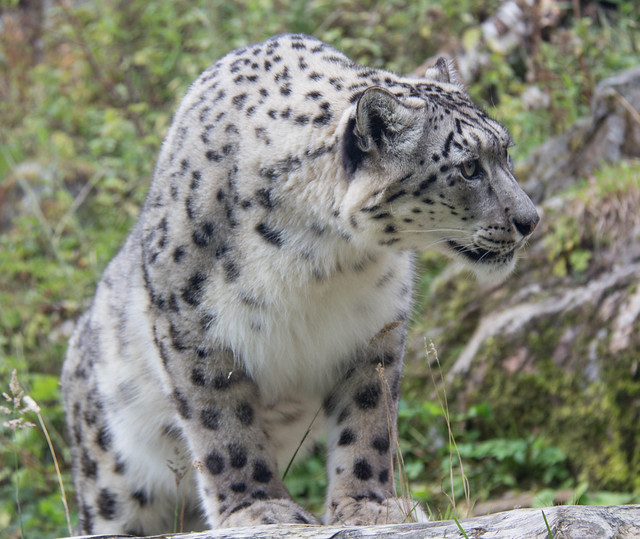
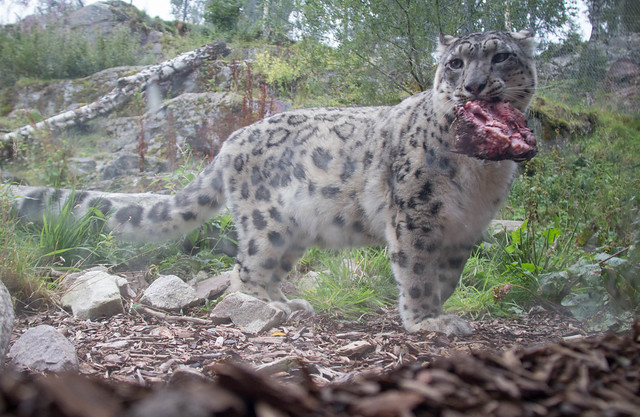


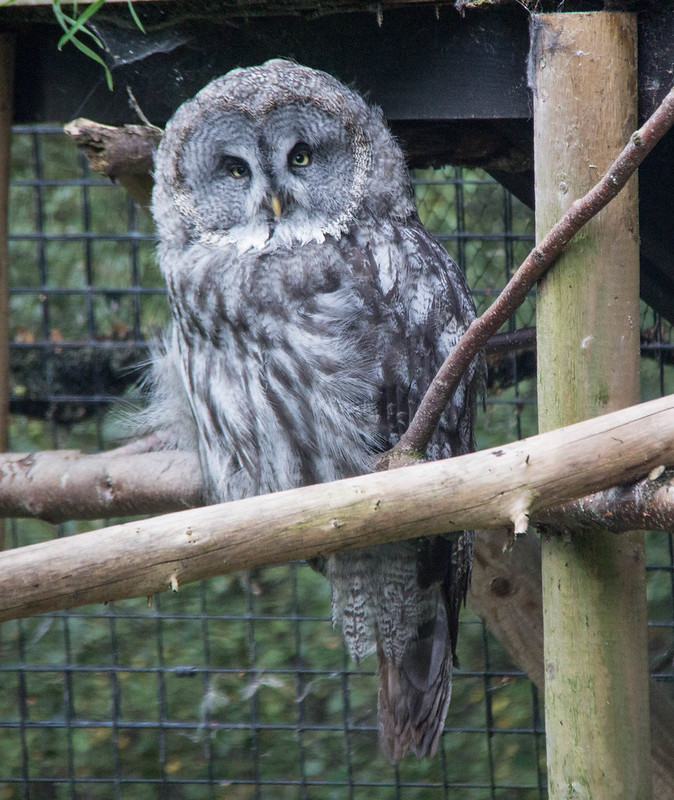
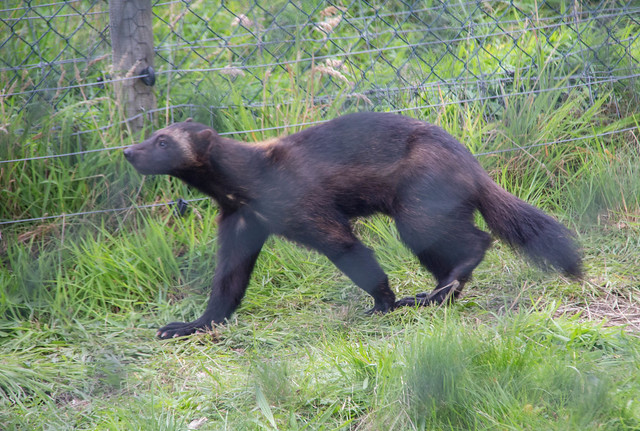
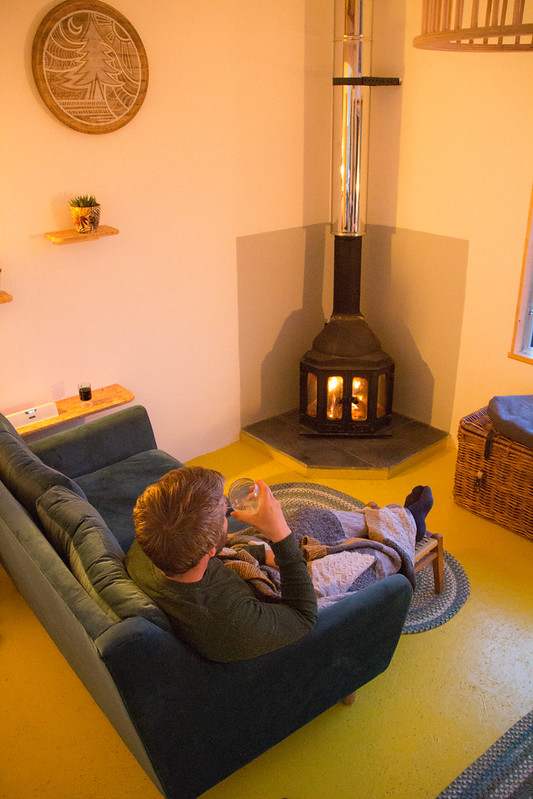
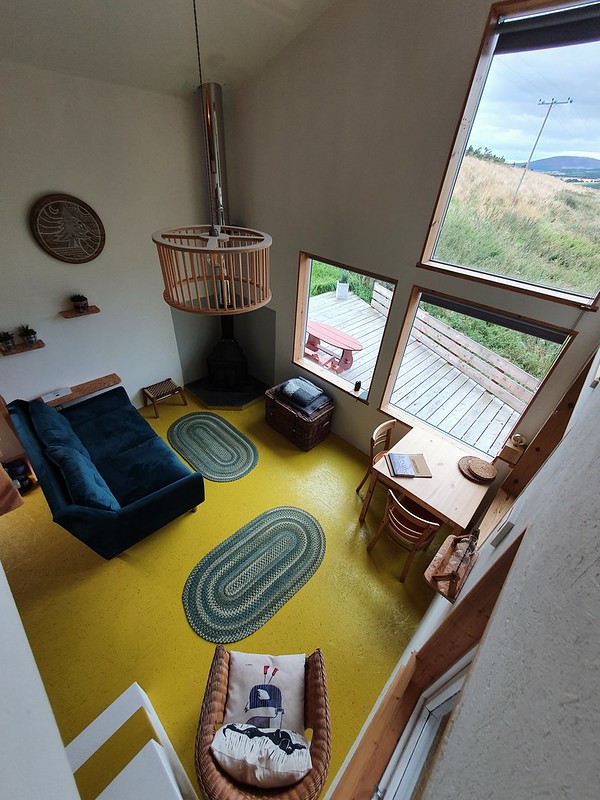
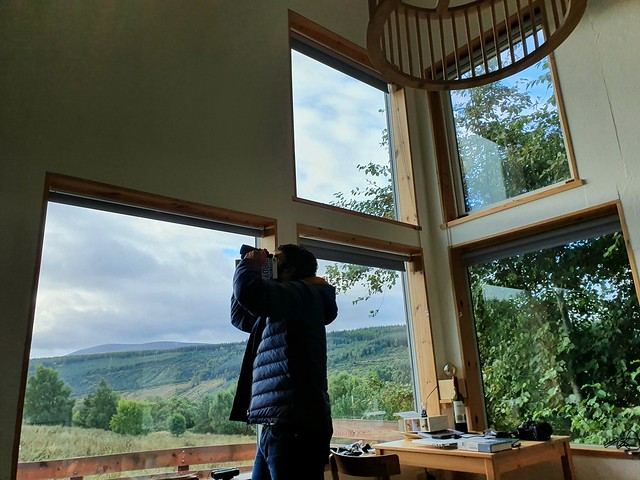
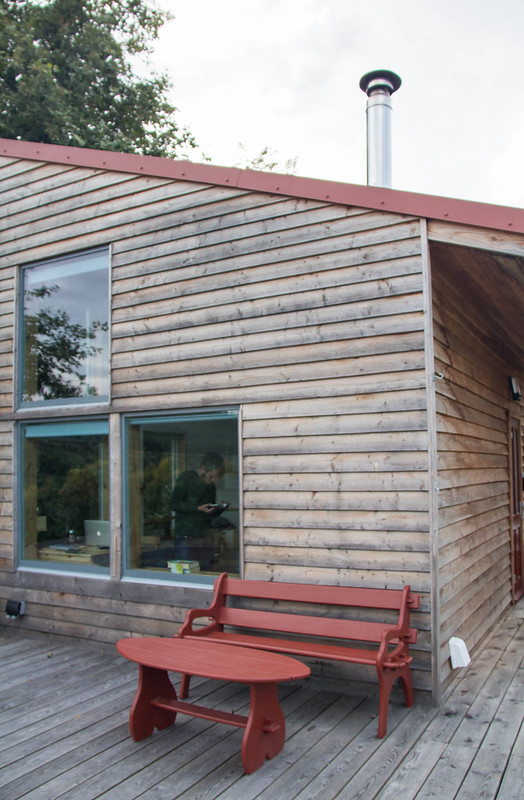
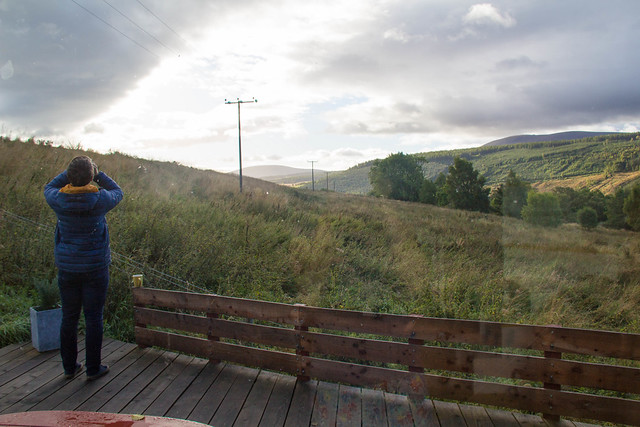
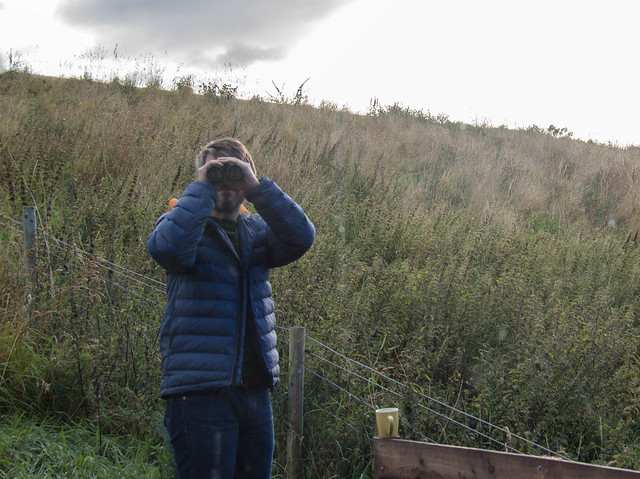
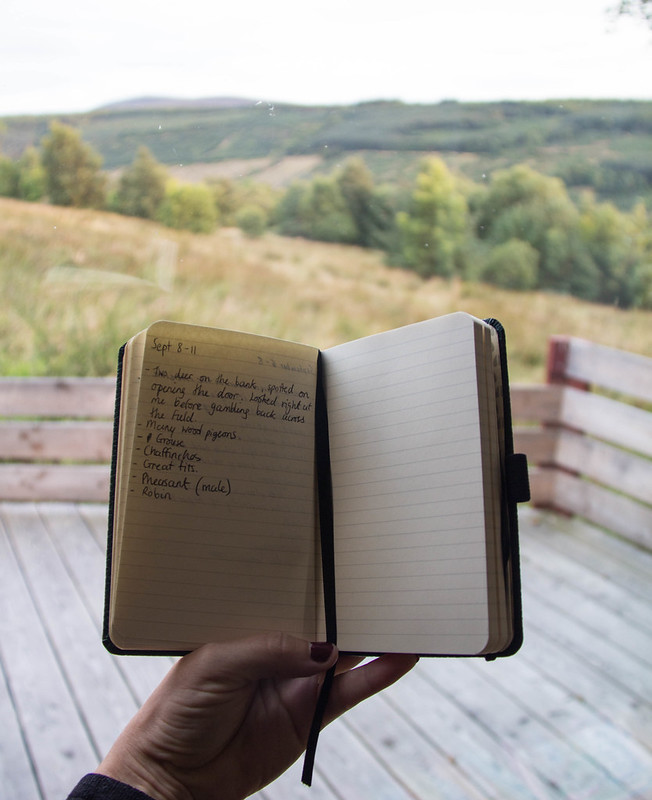
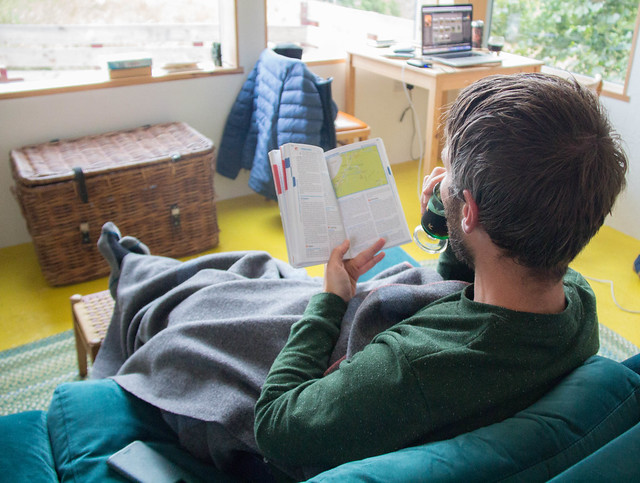


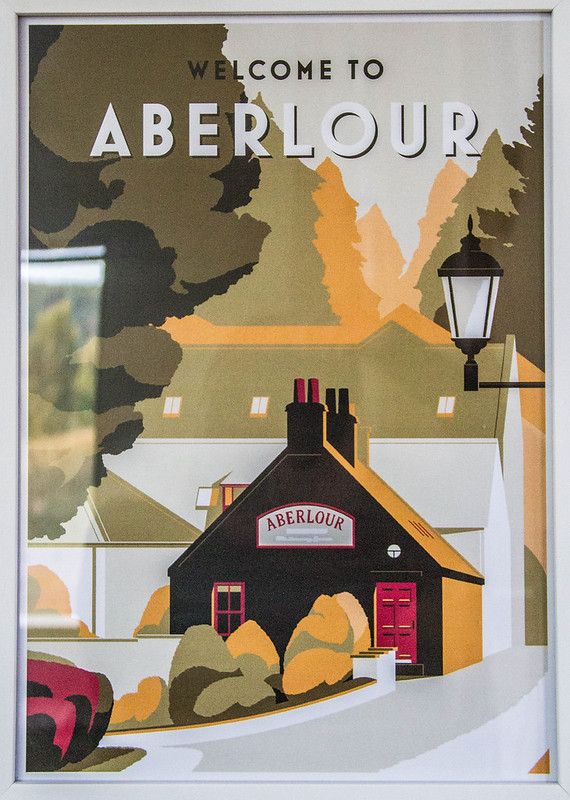
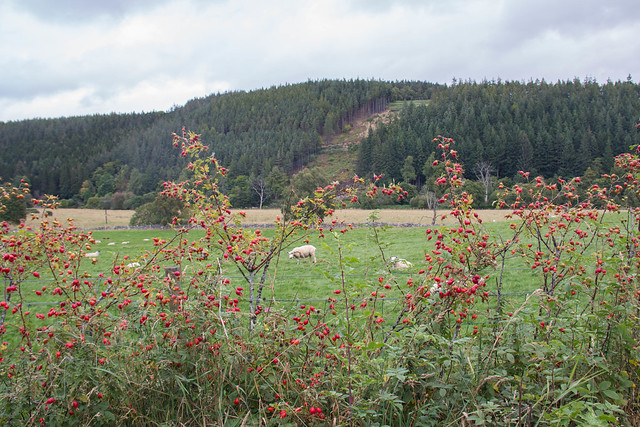
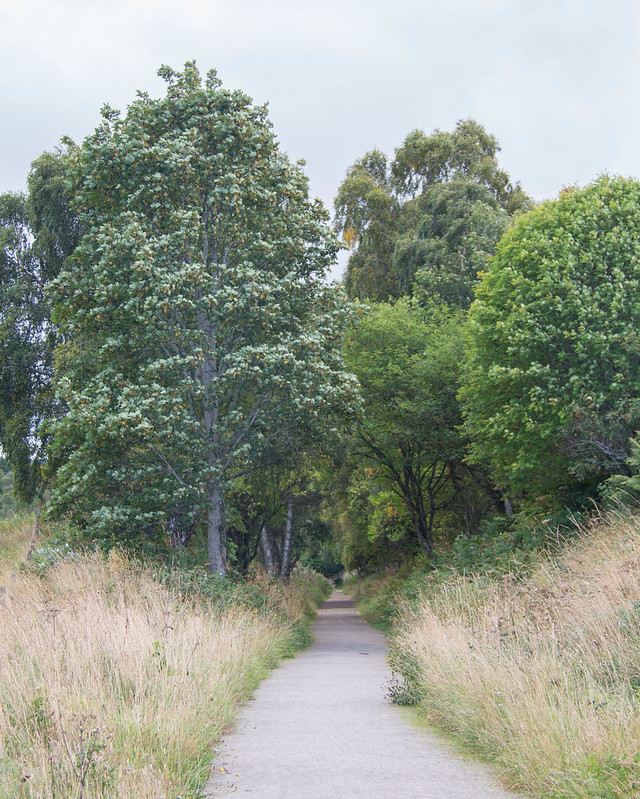
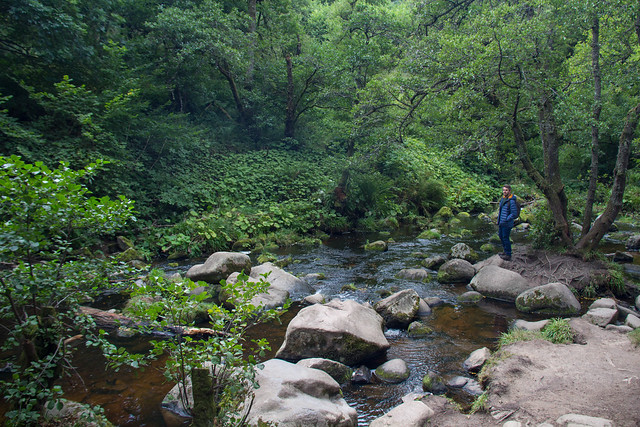
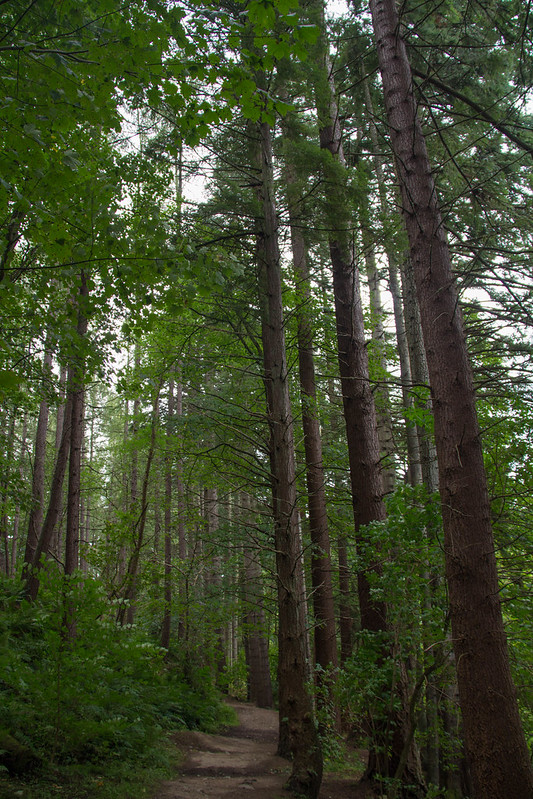
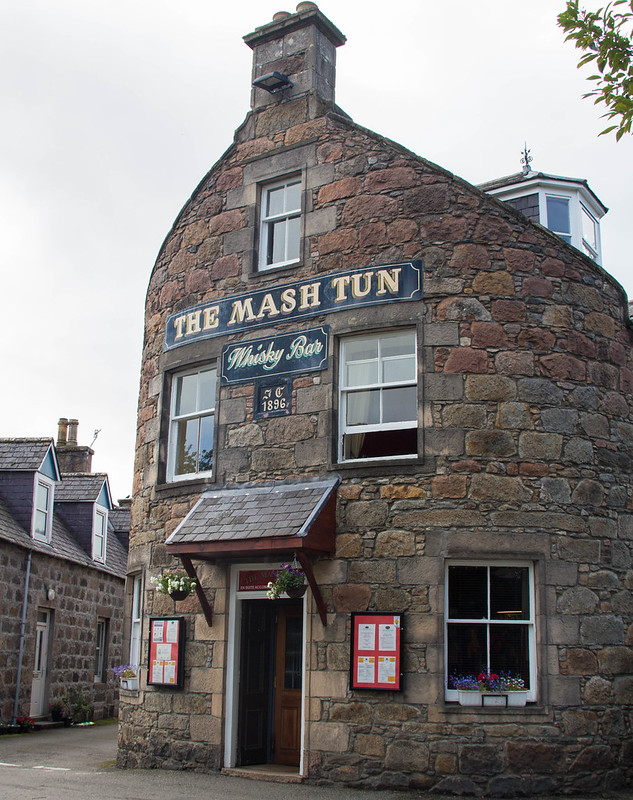
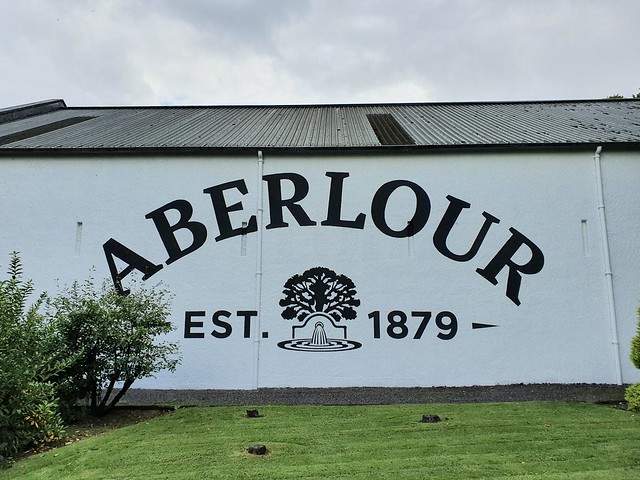
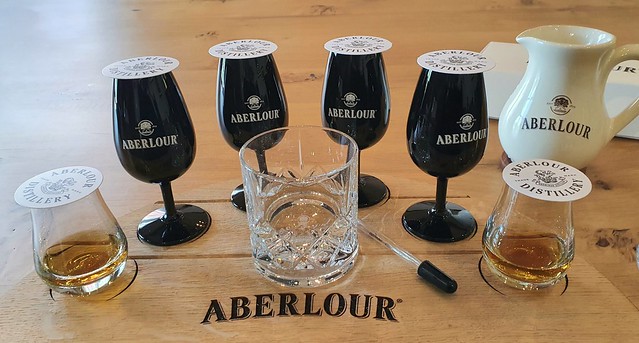

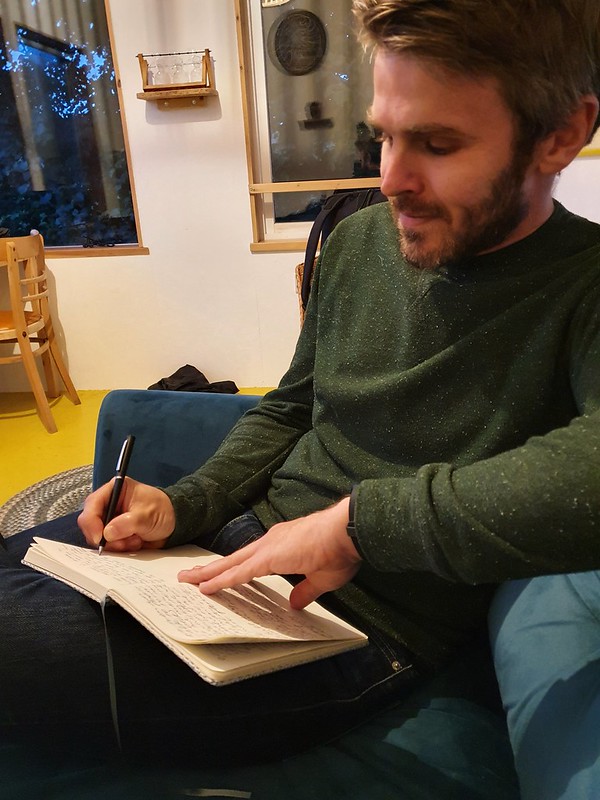
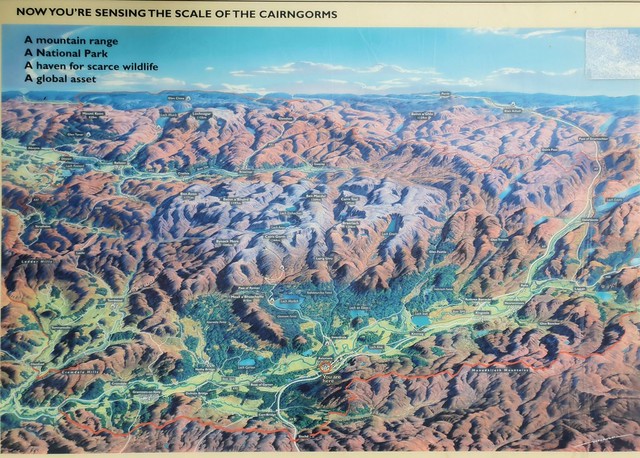
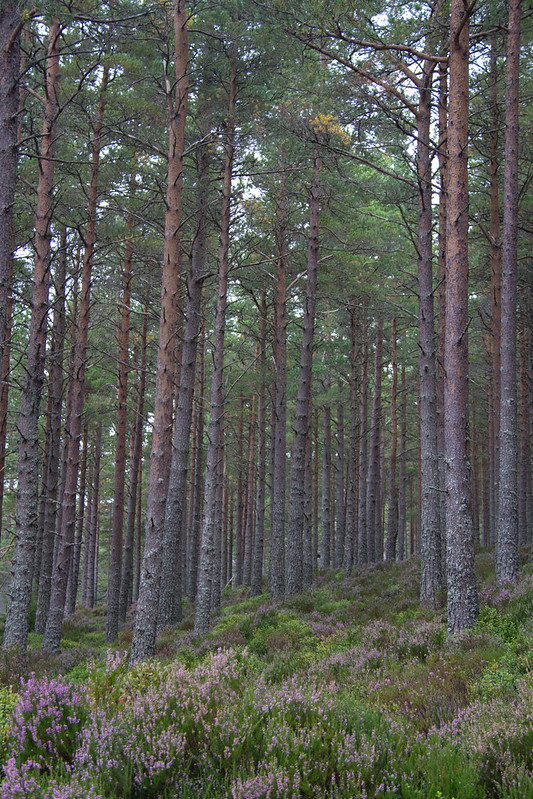
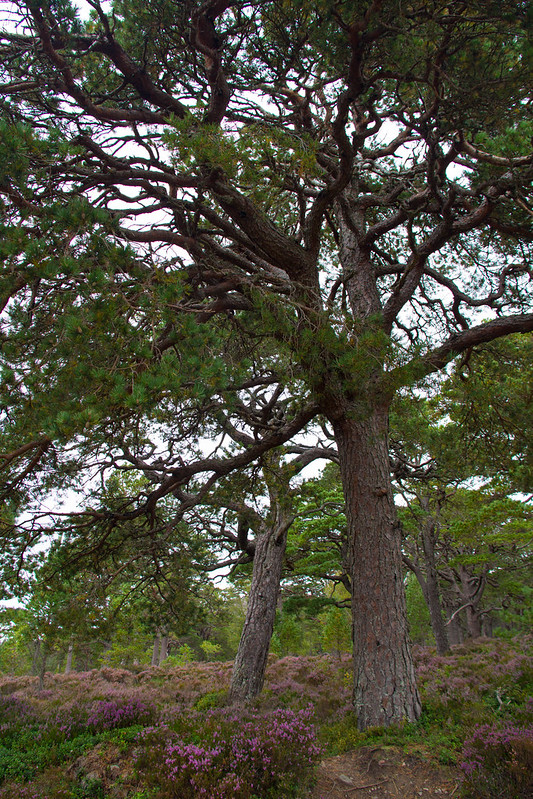
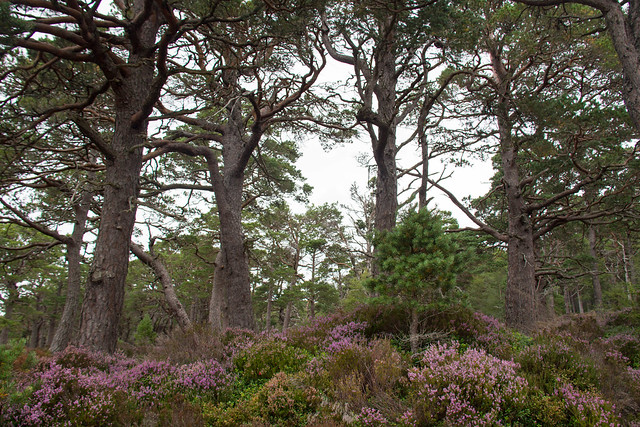
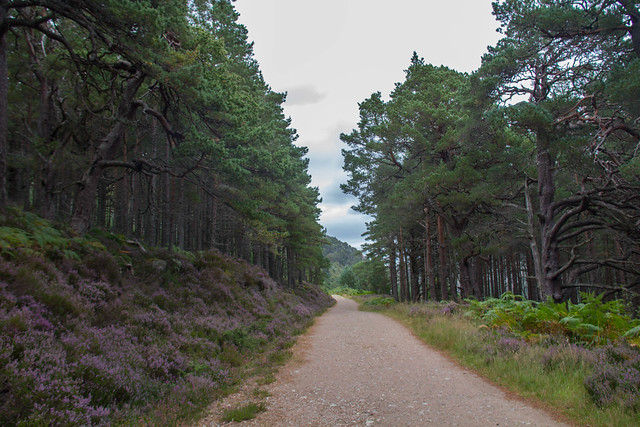


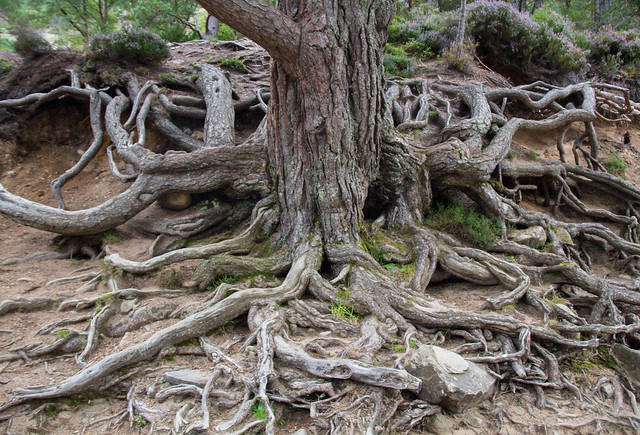
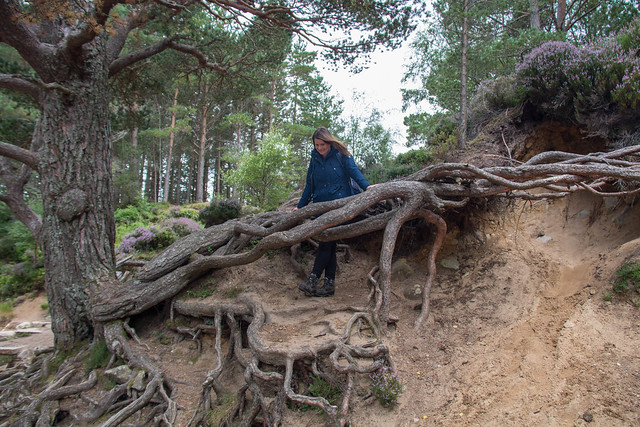
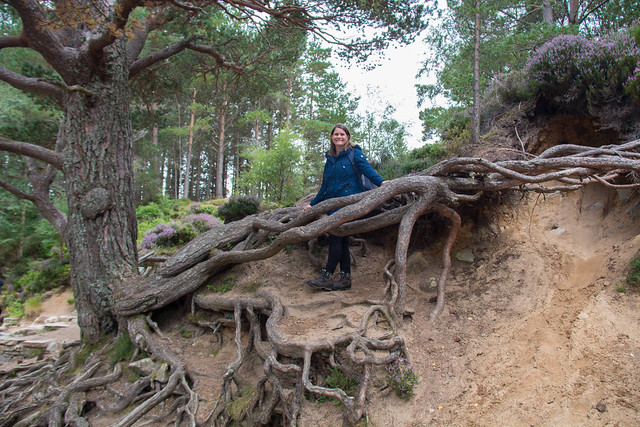
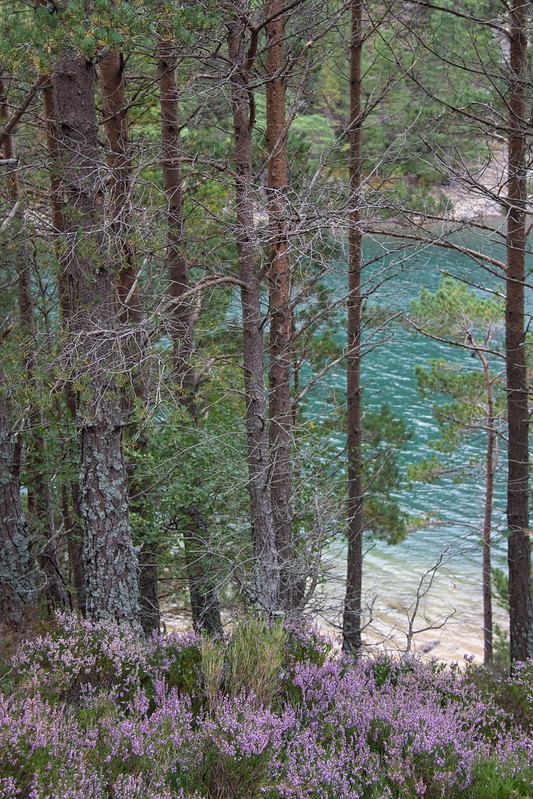
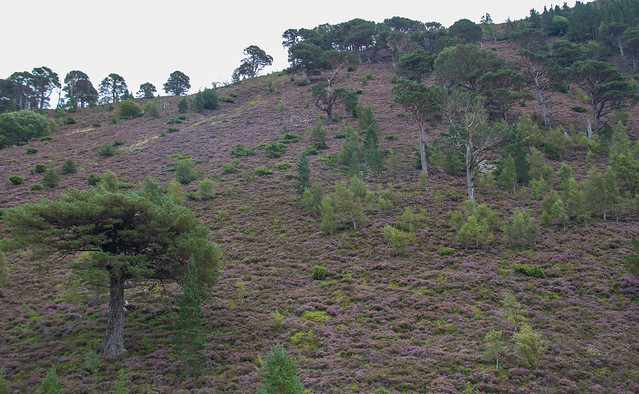
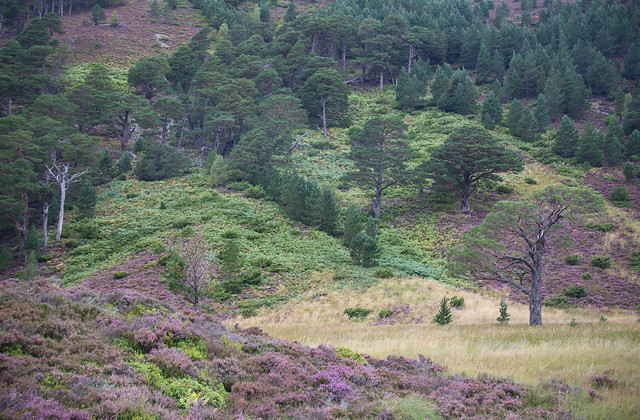

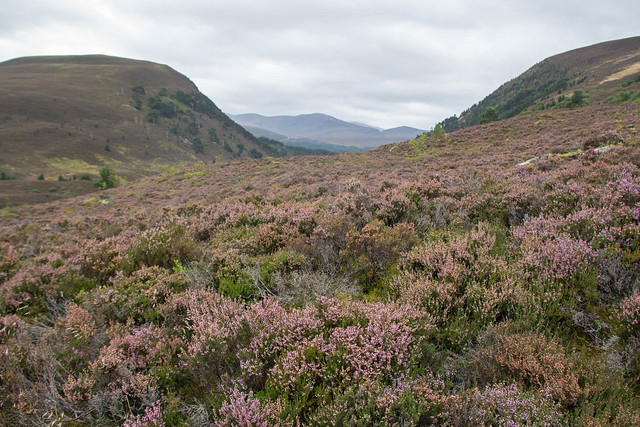

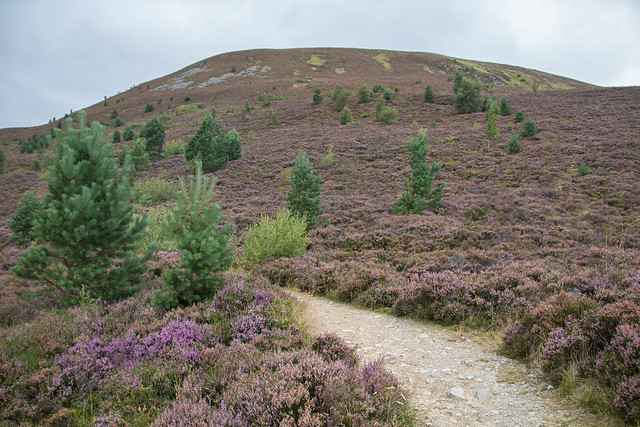
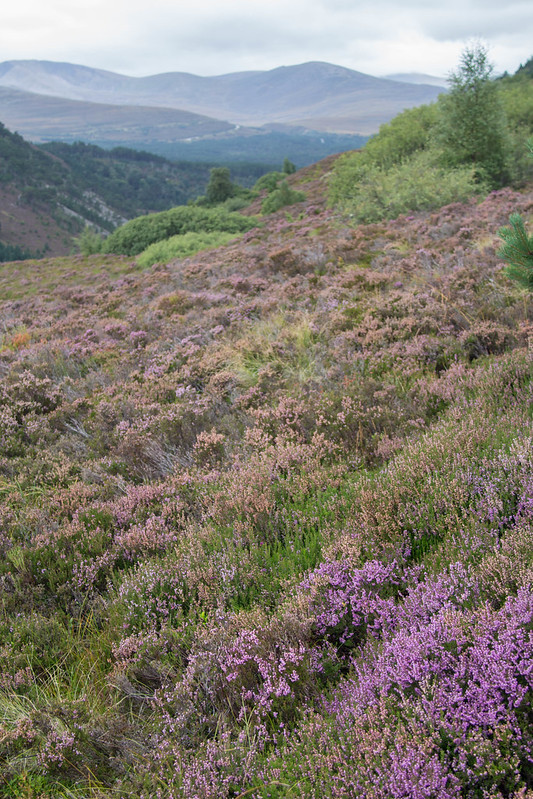
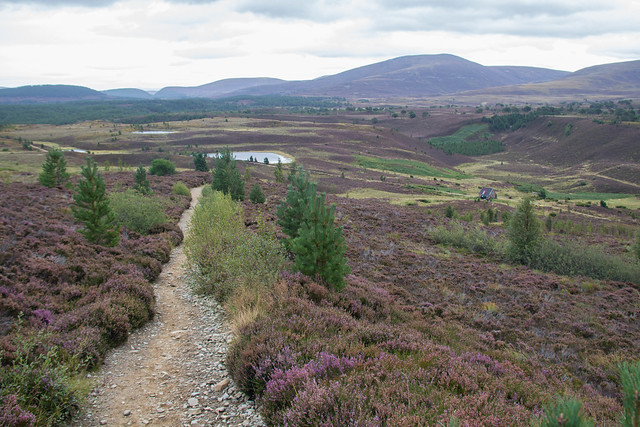
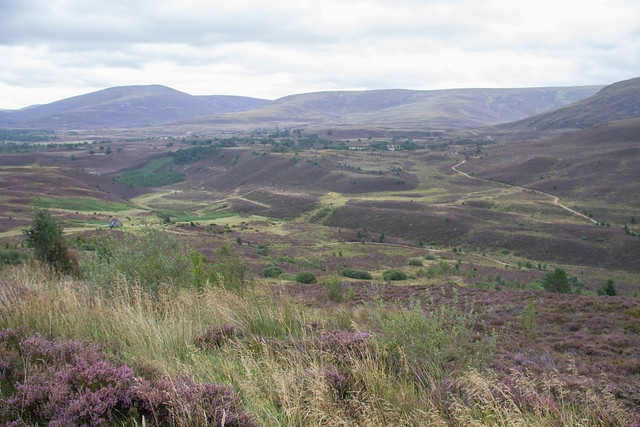
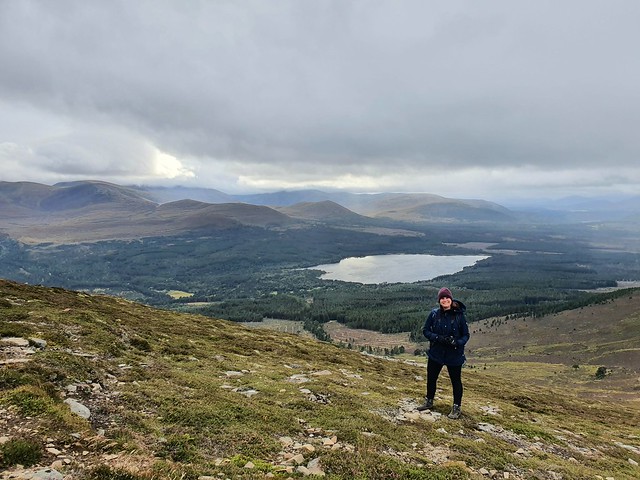
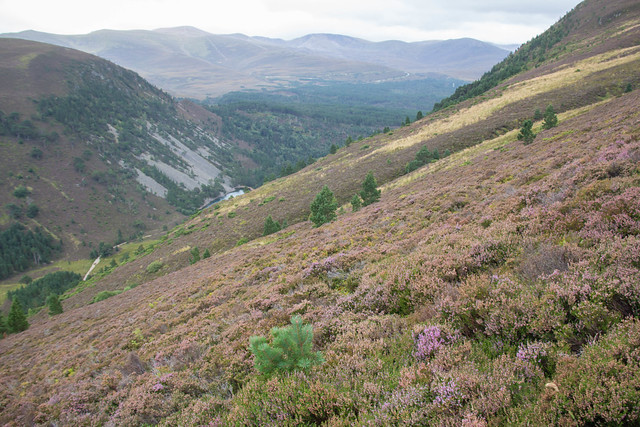
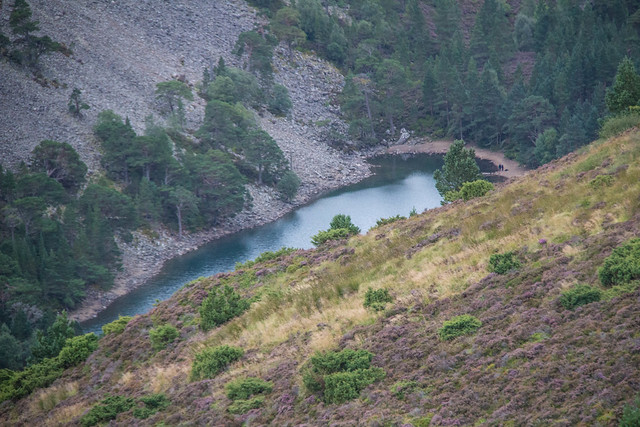
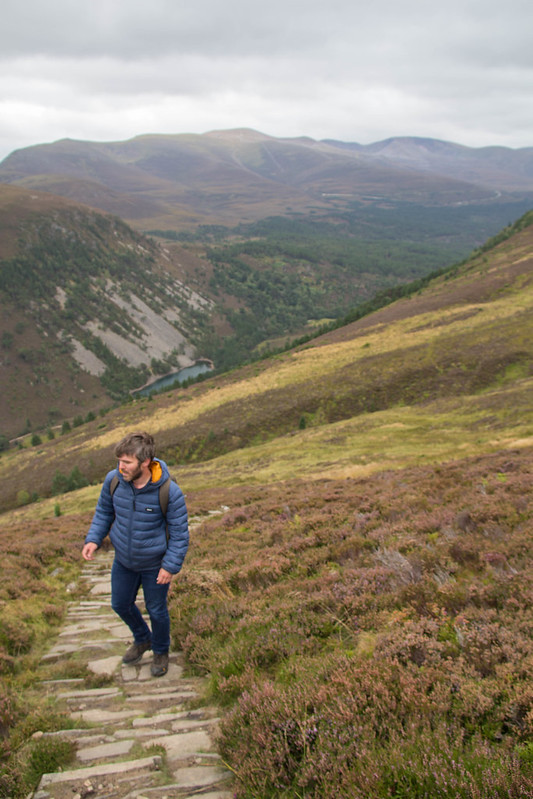

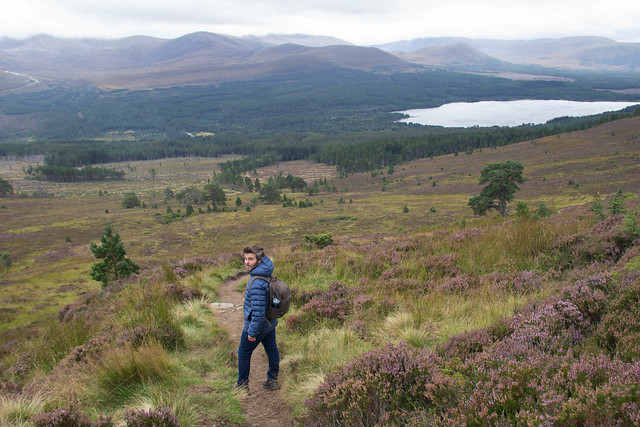
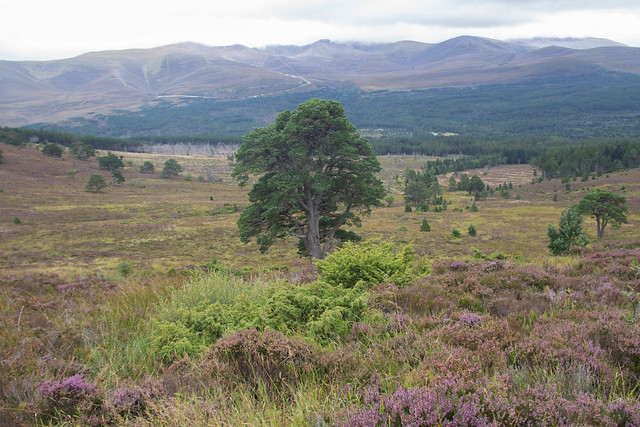


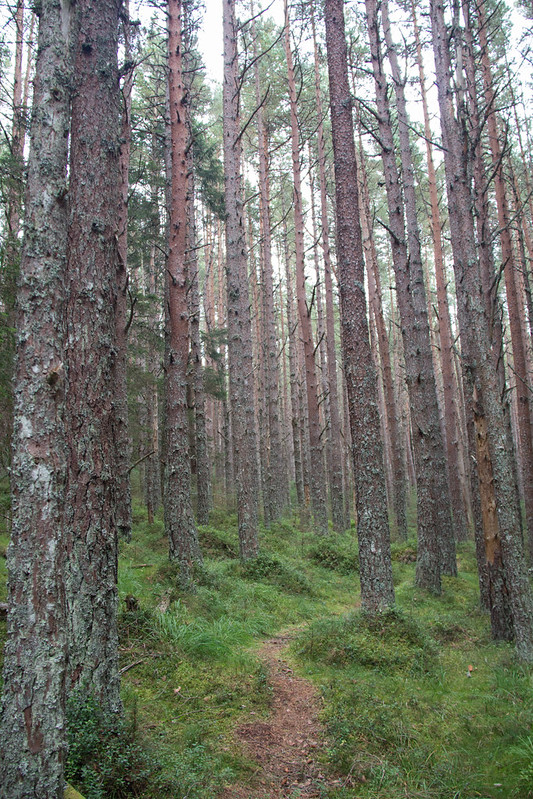
Amazing adventure!
Love the Montbretia…wonder if they could survive here in North Carolina? Might be good on BBI.
That view halfway up the Carn Mor Dearg took my breath away.
I like to think I could’a handled Ben Nevis once upon a time…just not now.
What’s smidge cream? Would it work on BBI?
Pingback: Lockdown 2020: Autumn and winter – Bloggy Brown